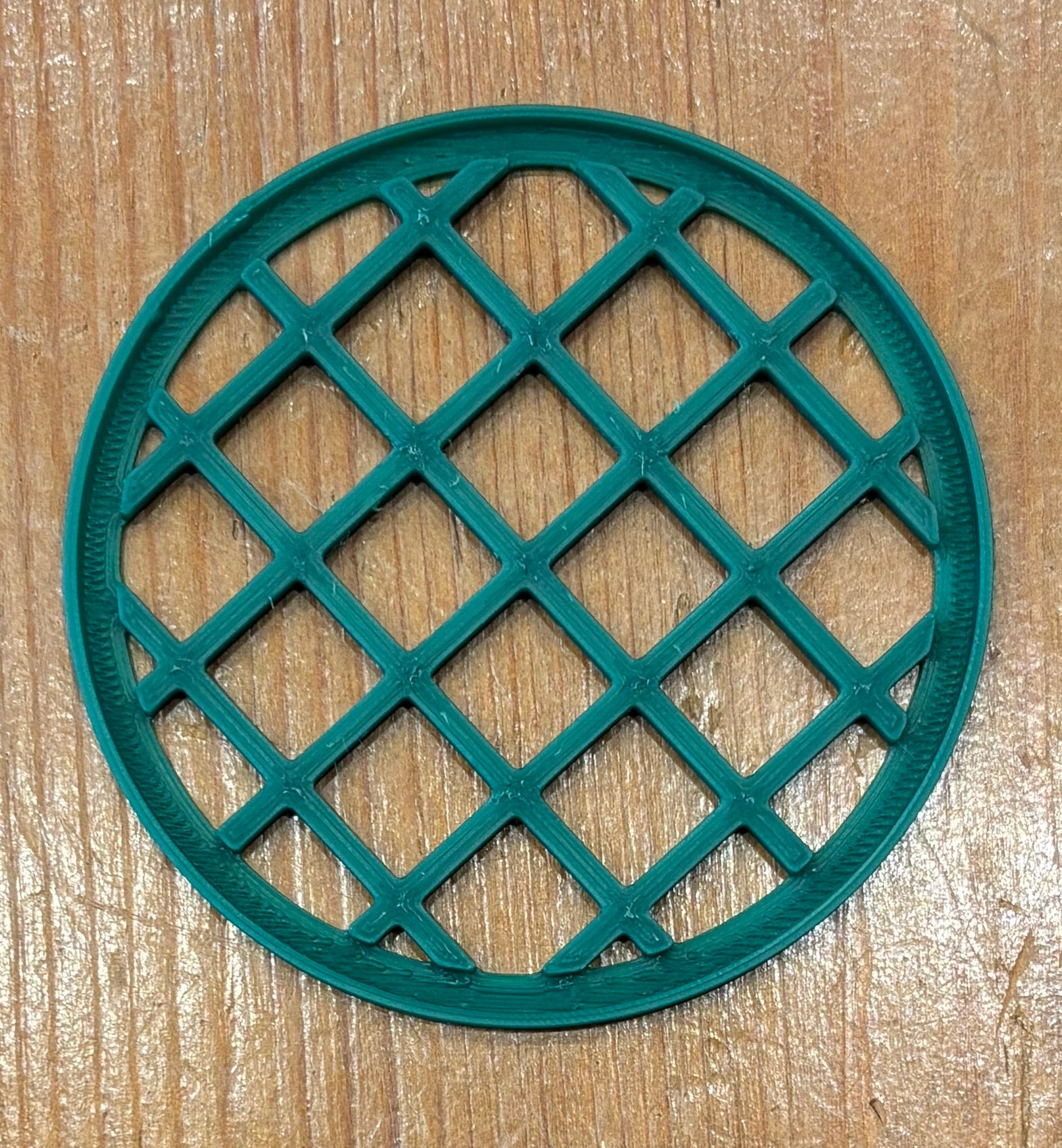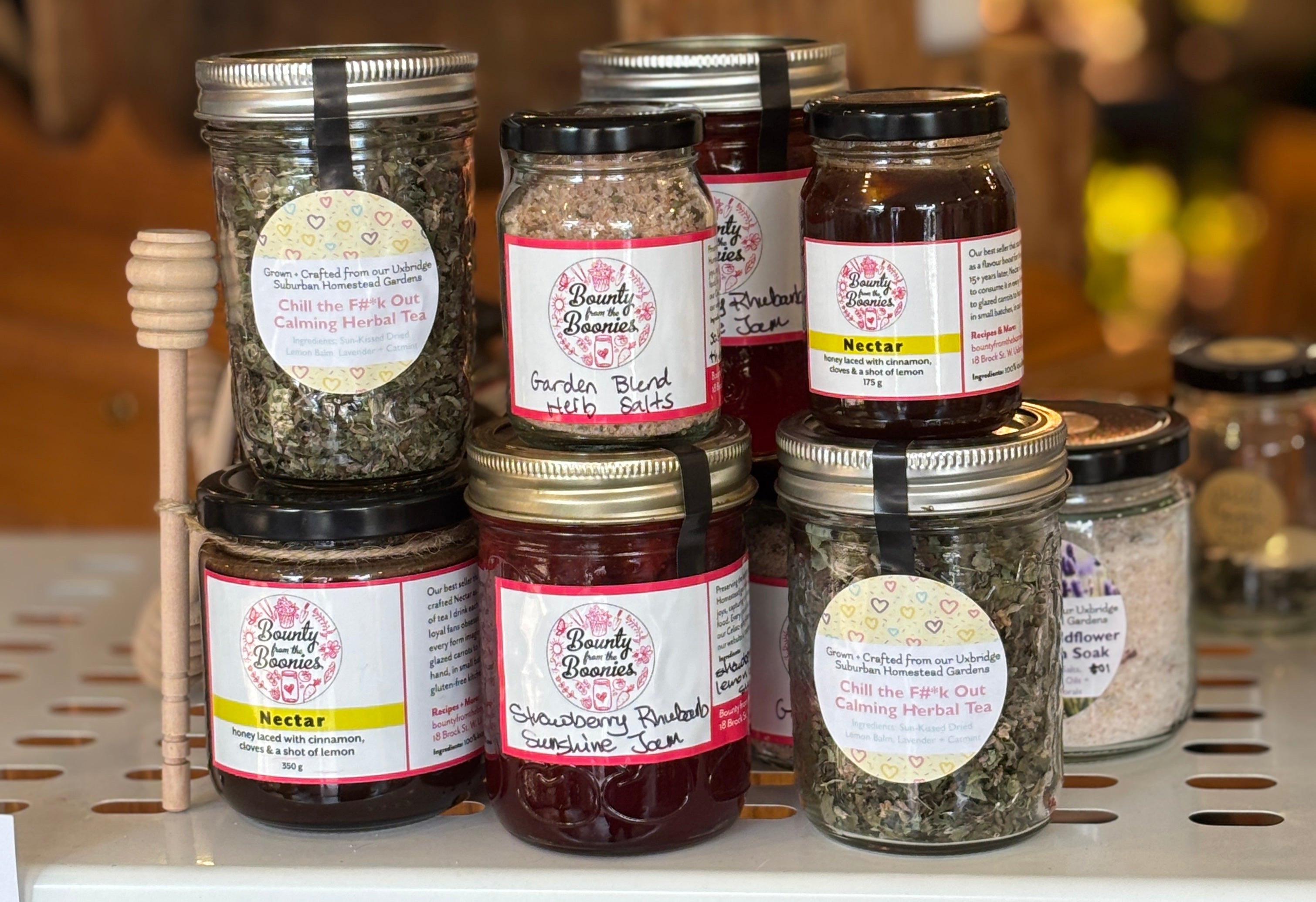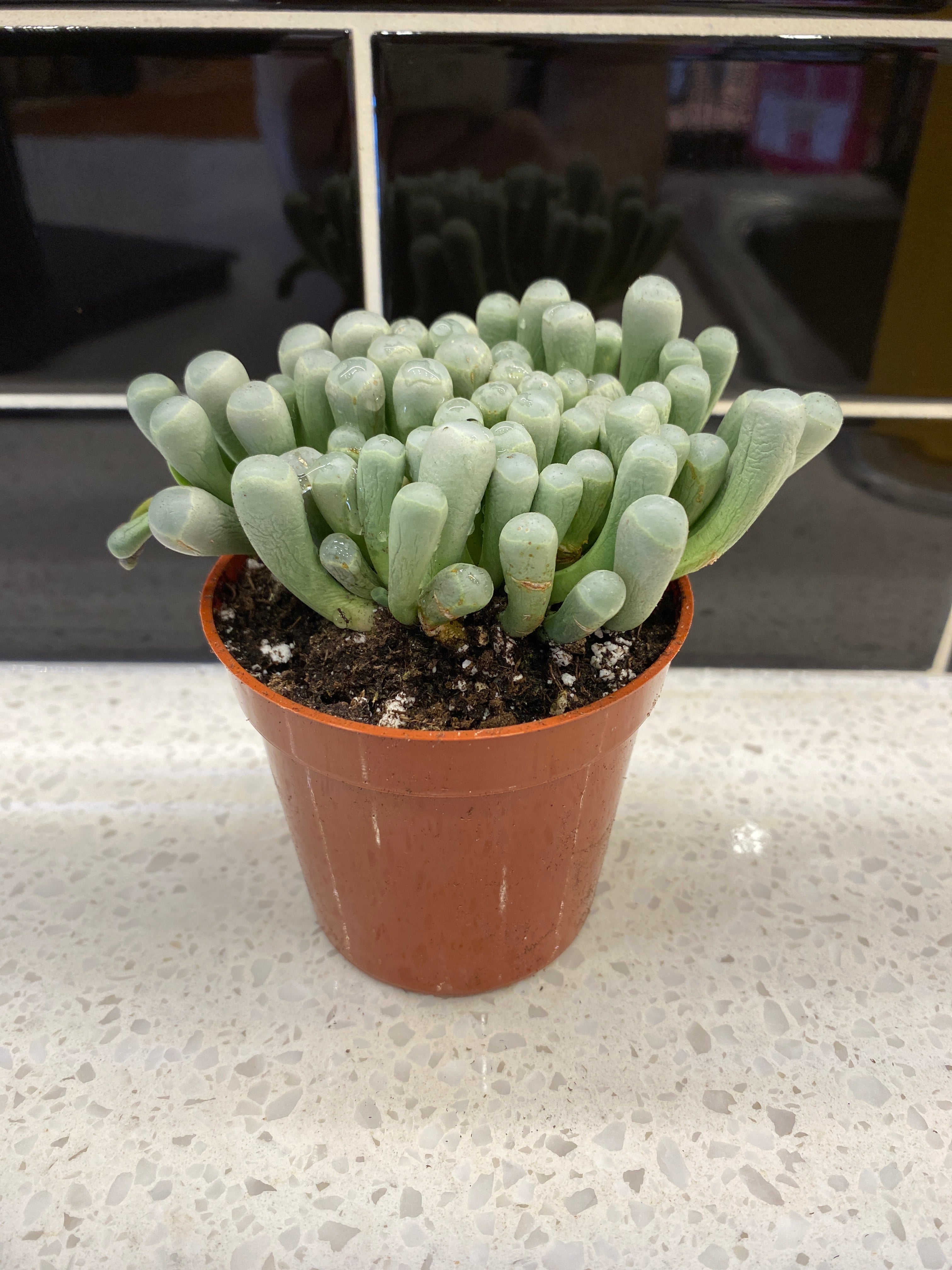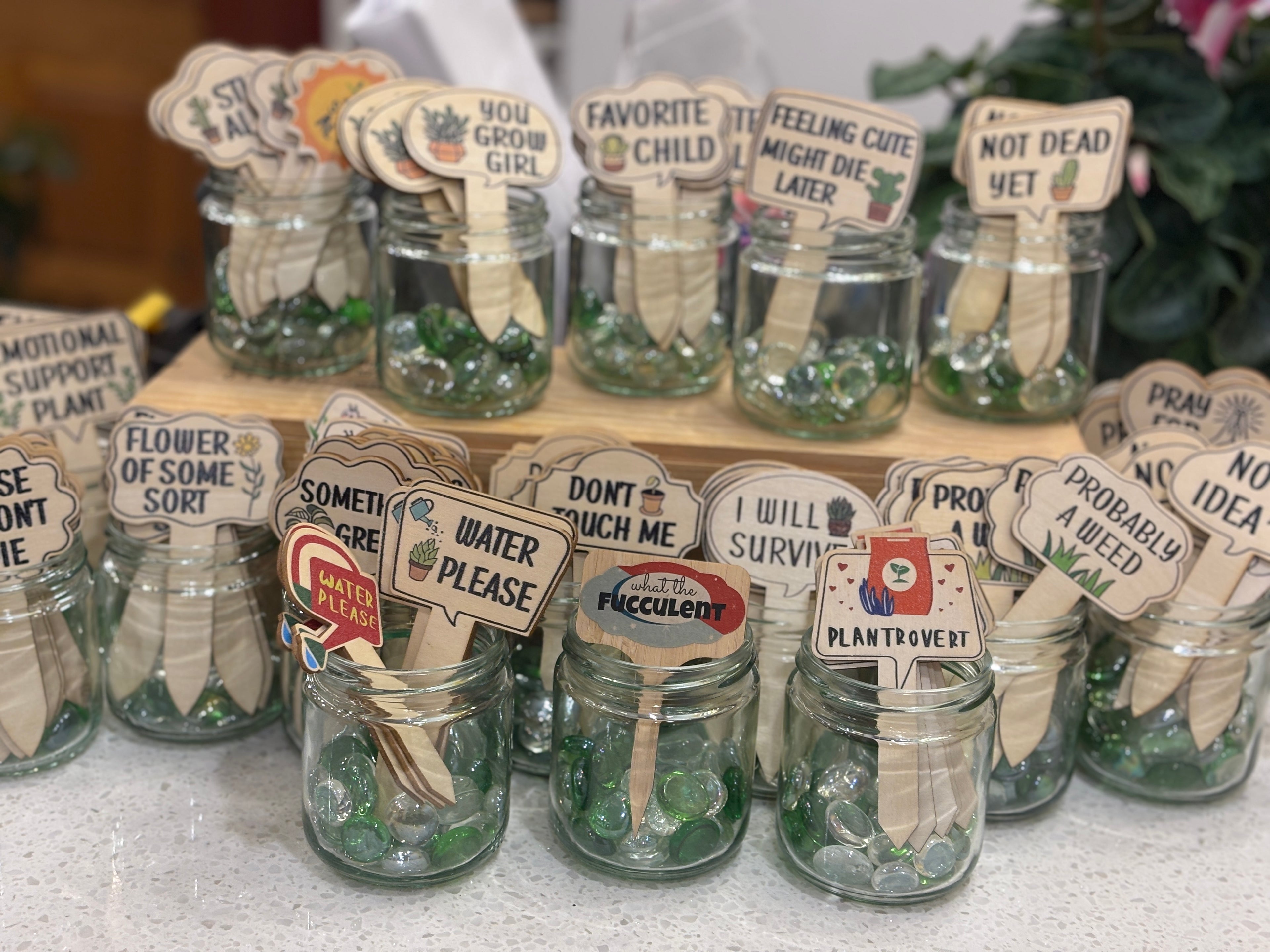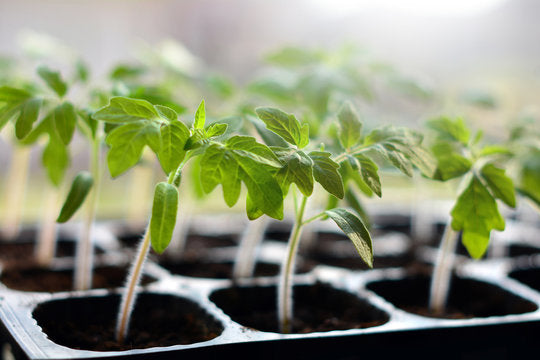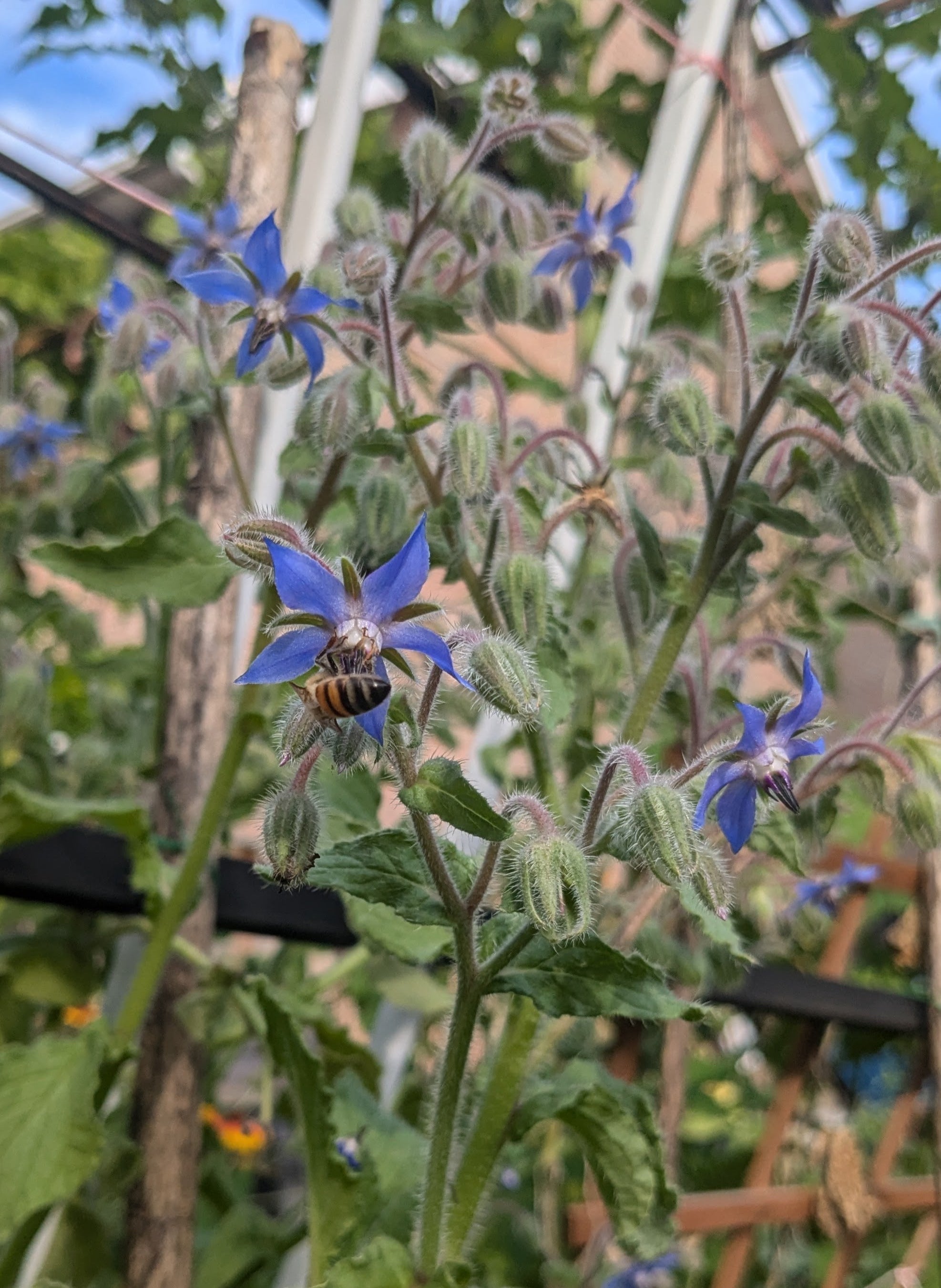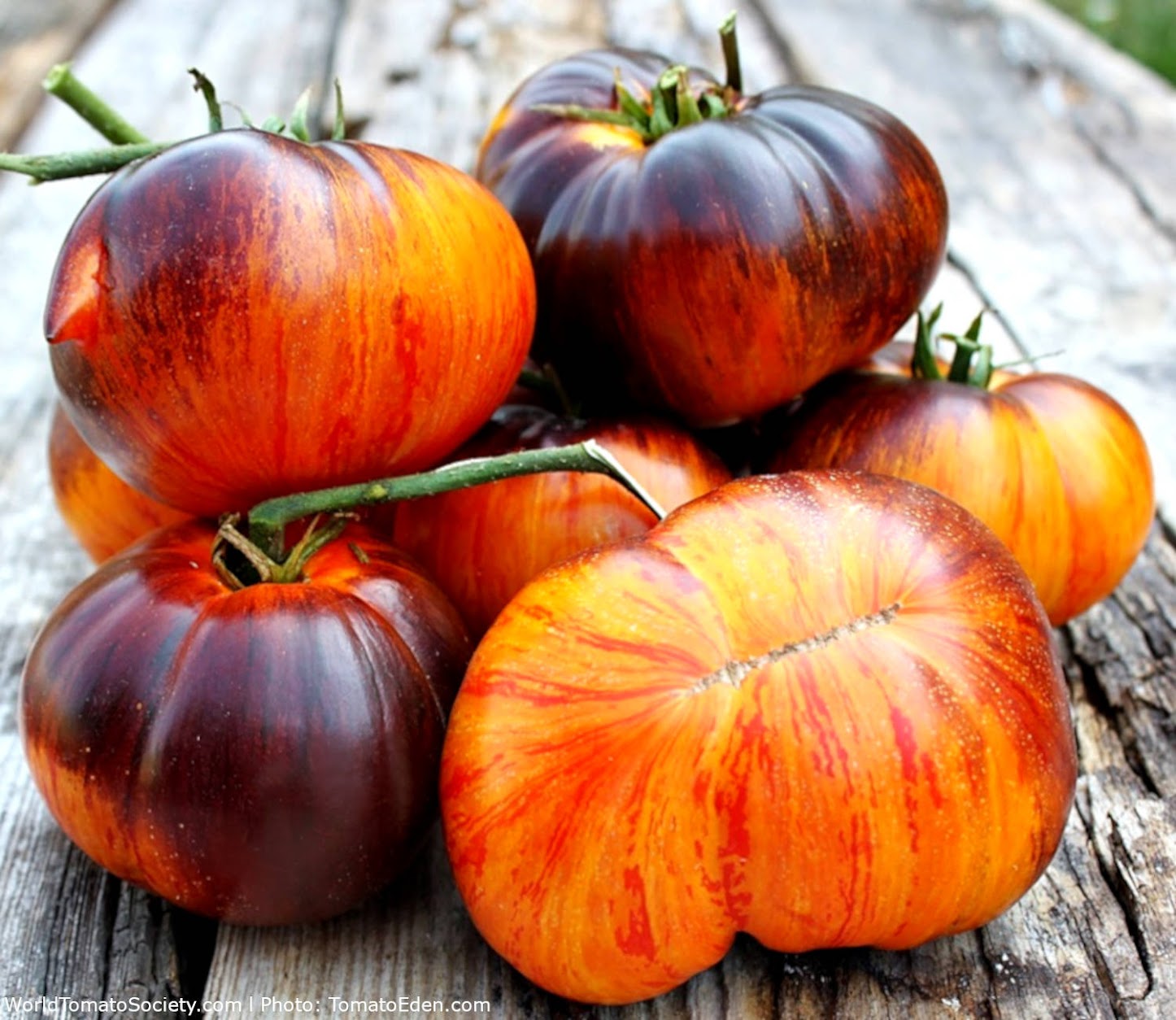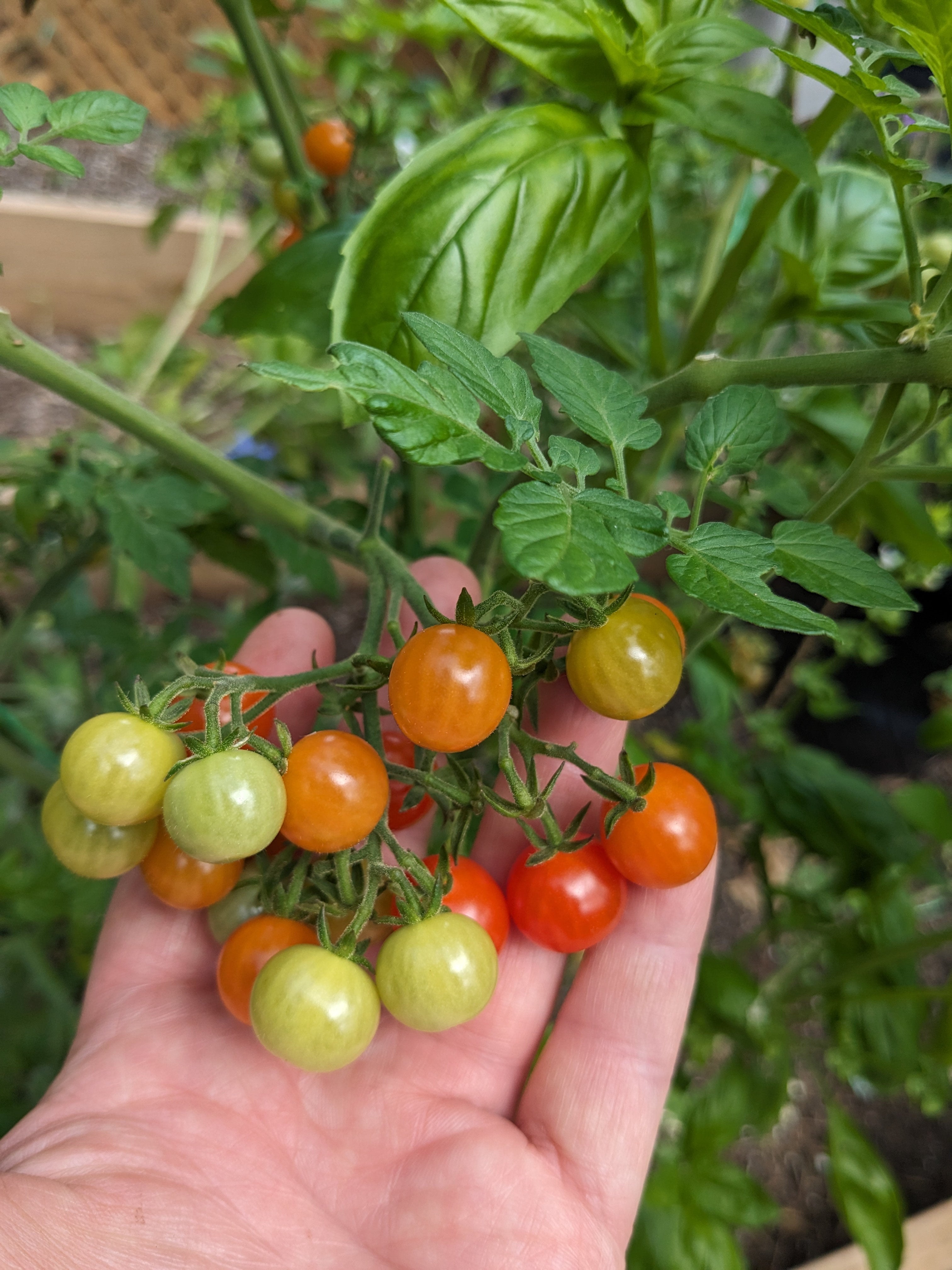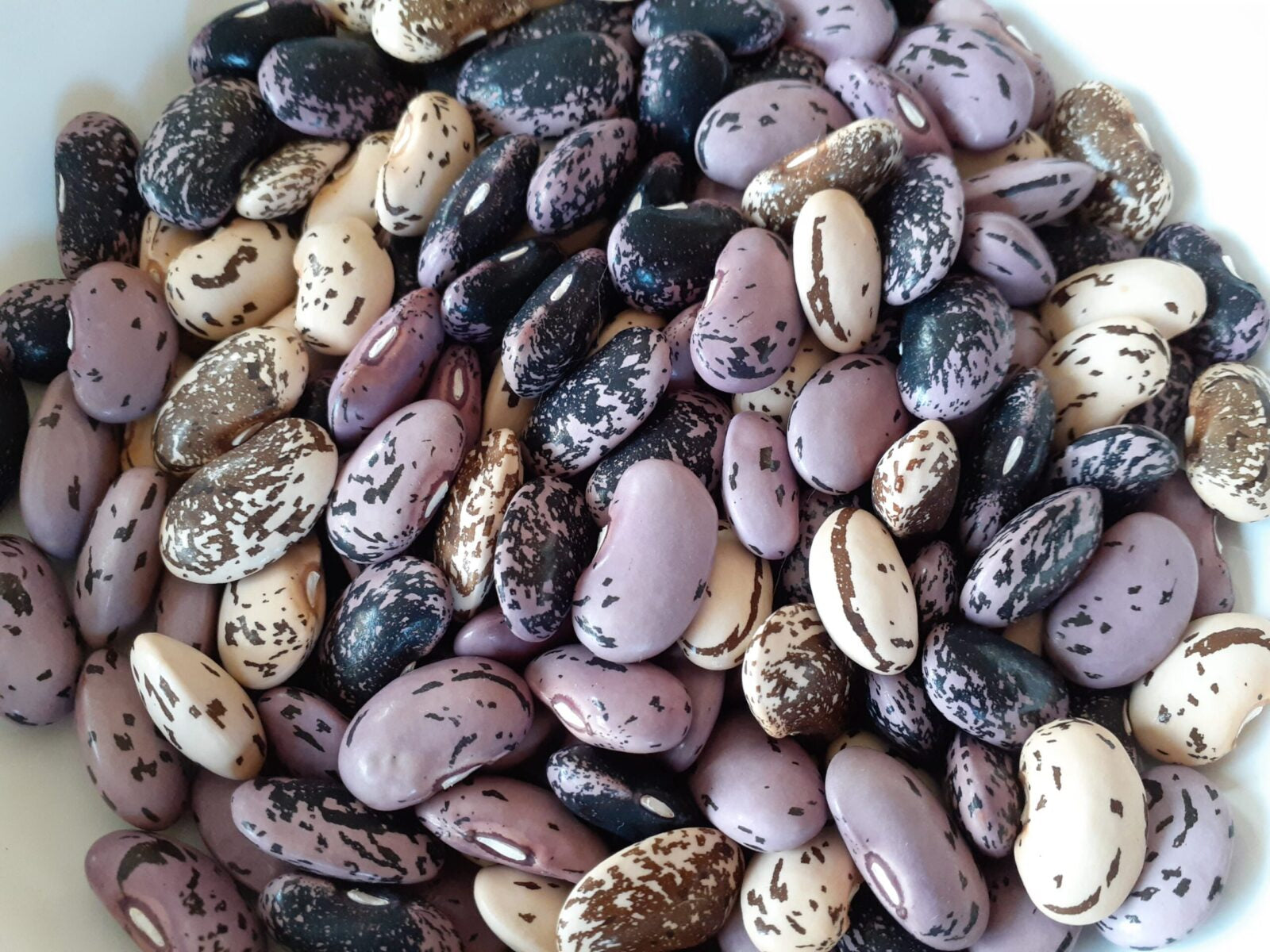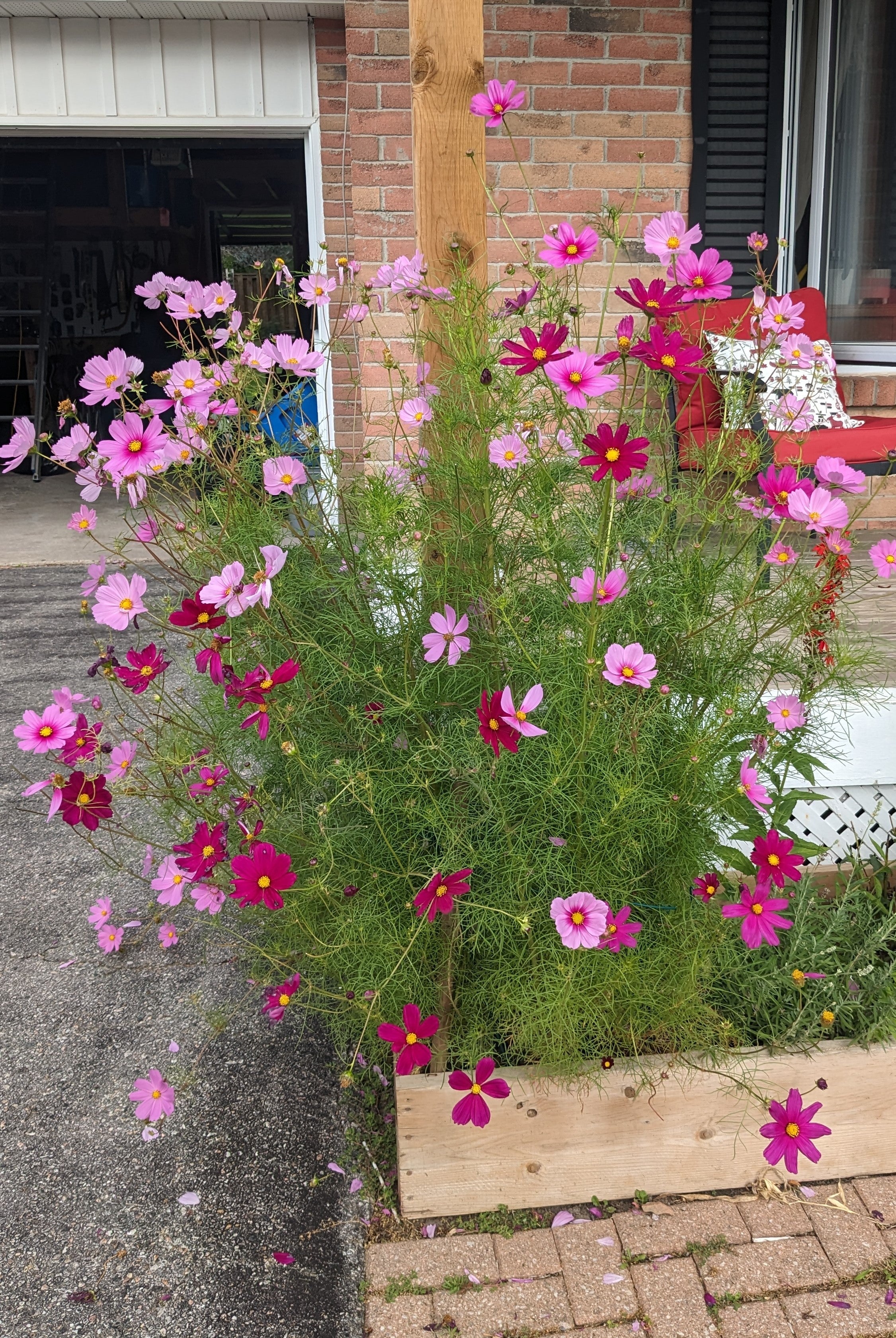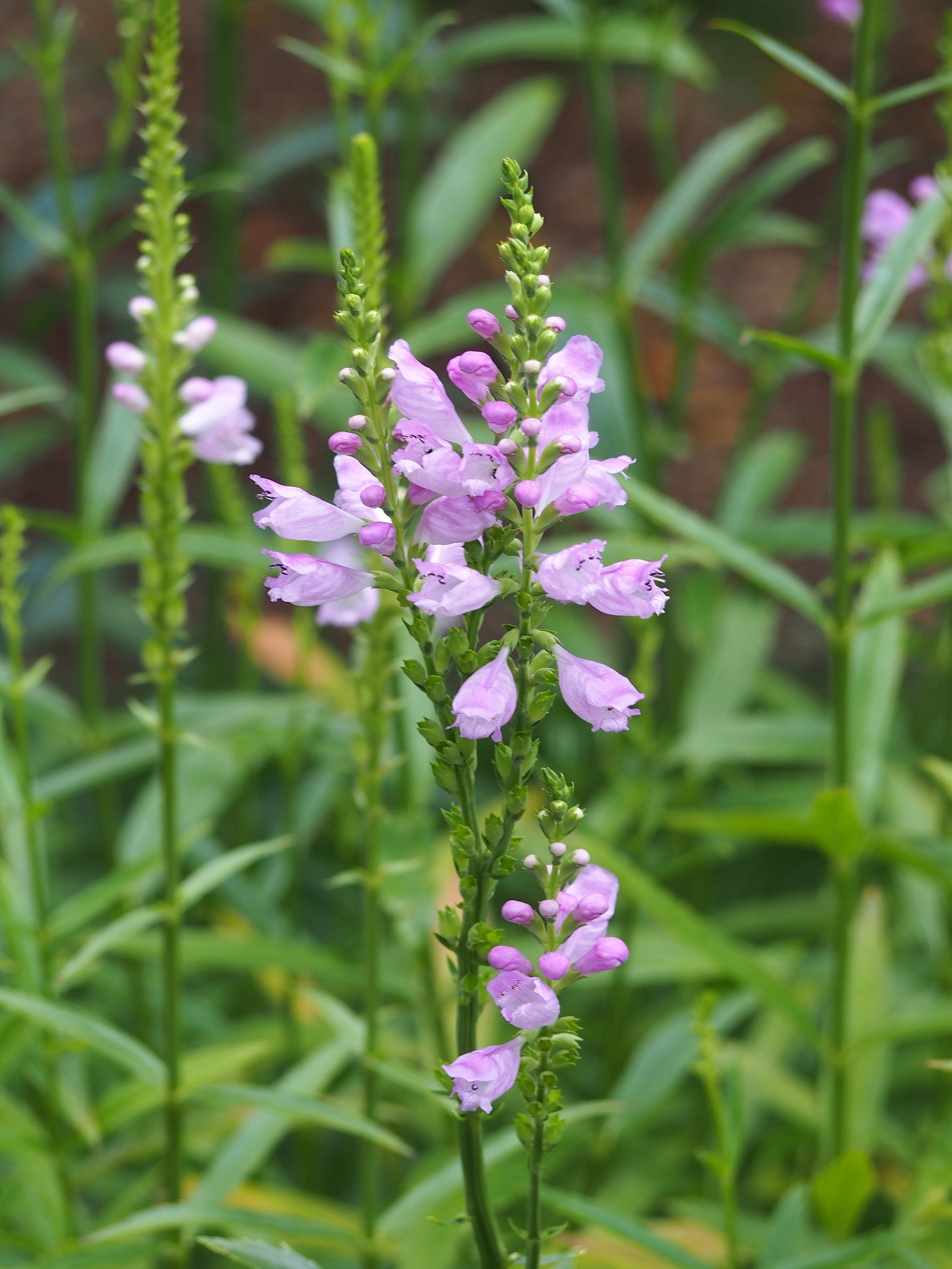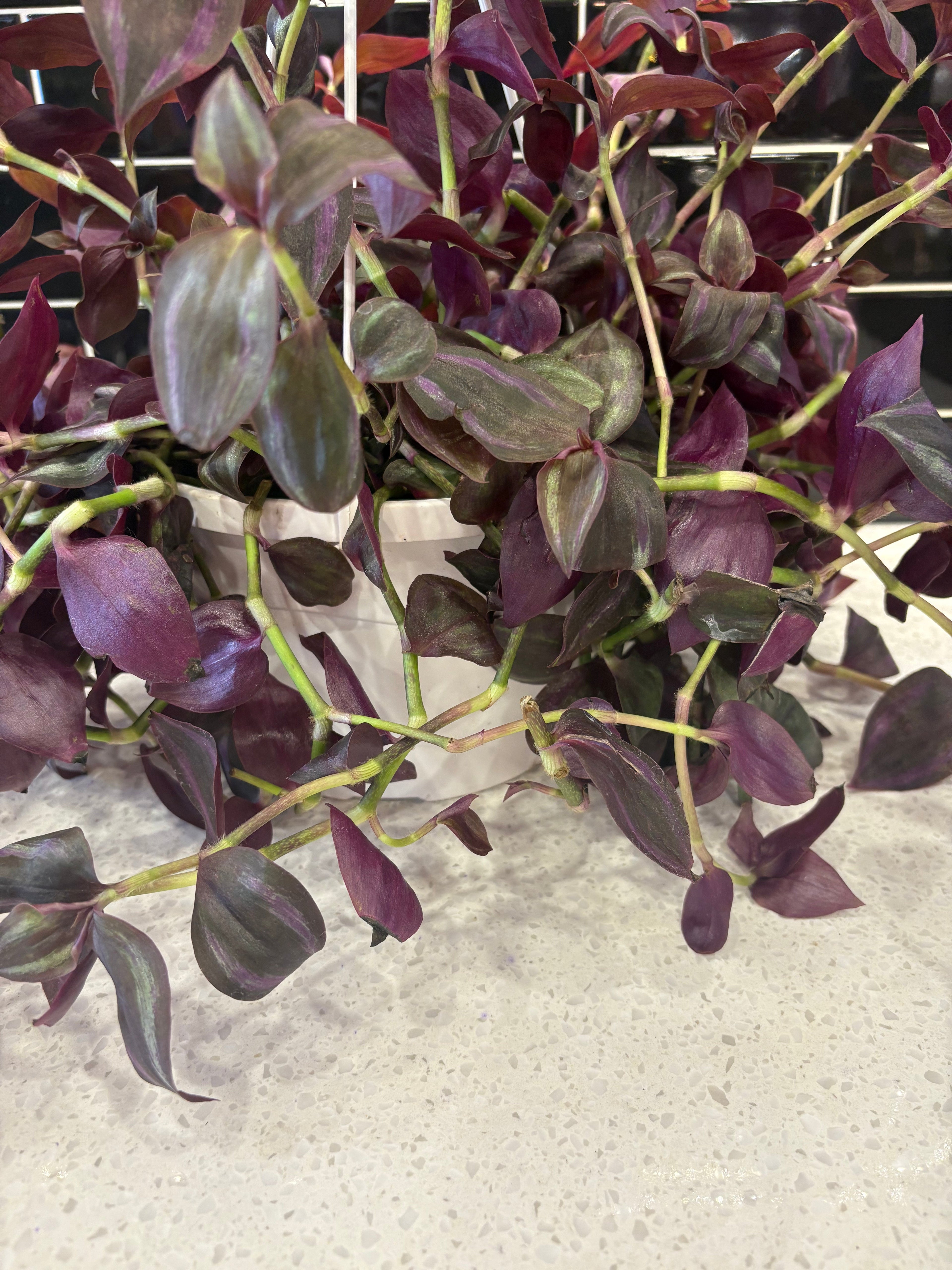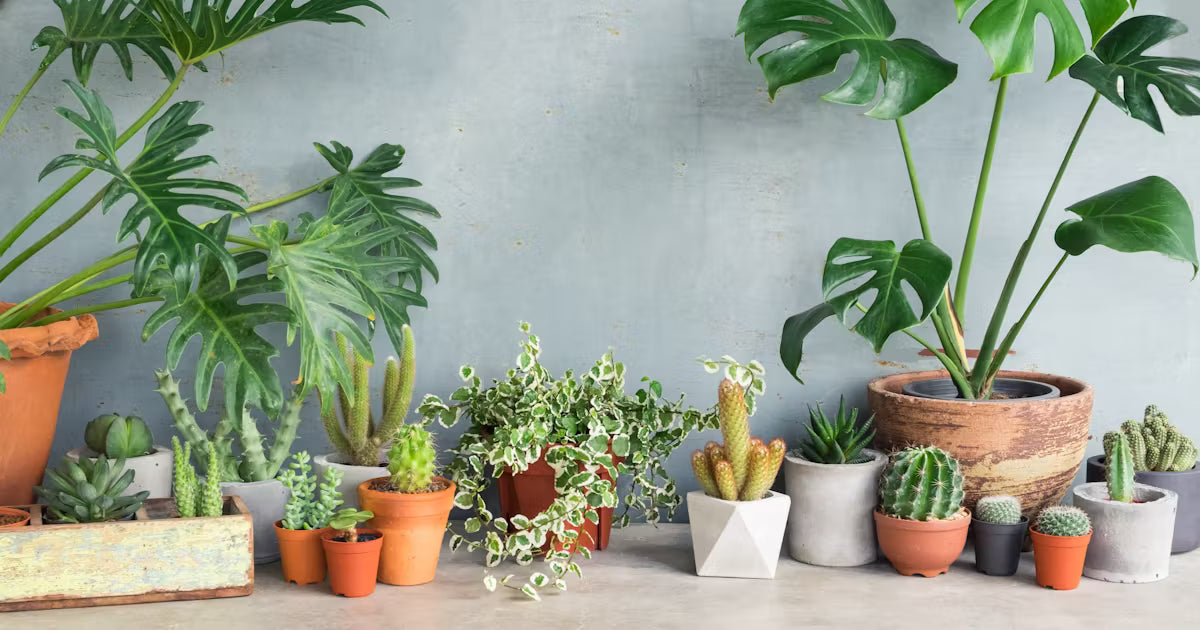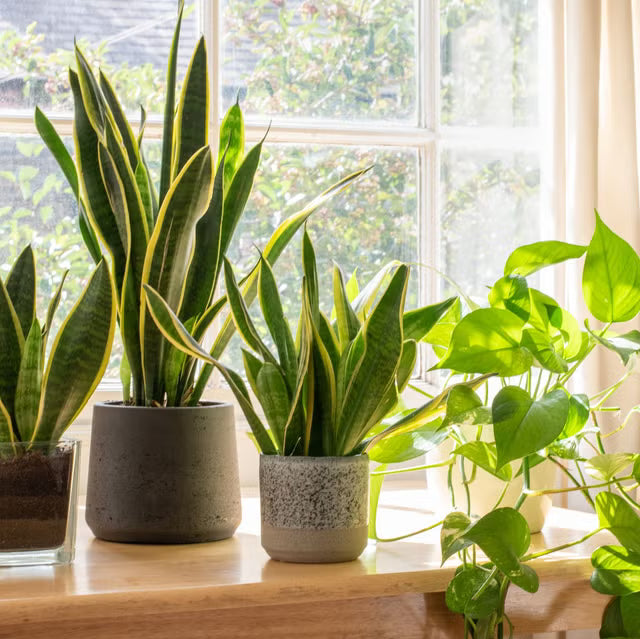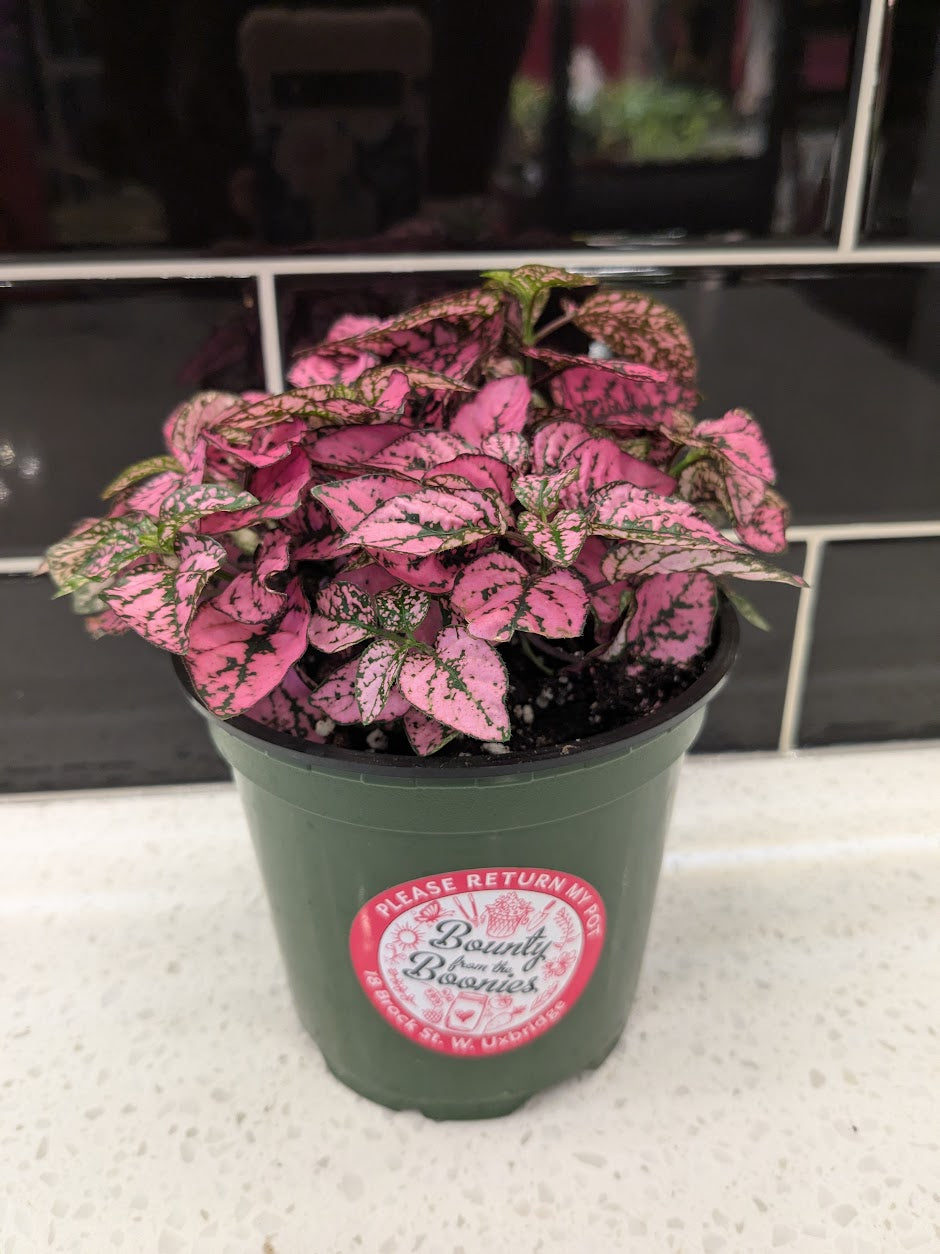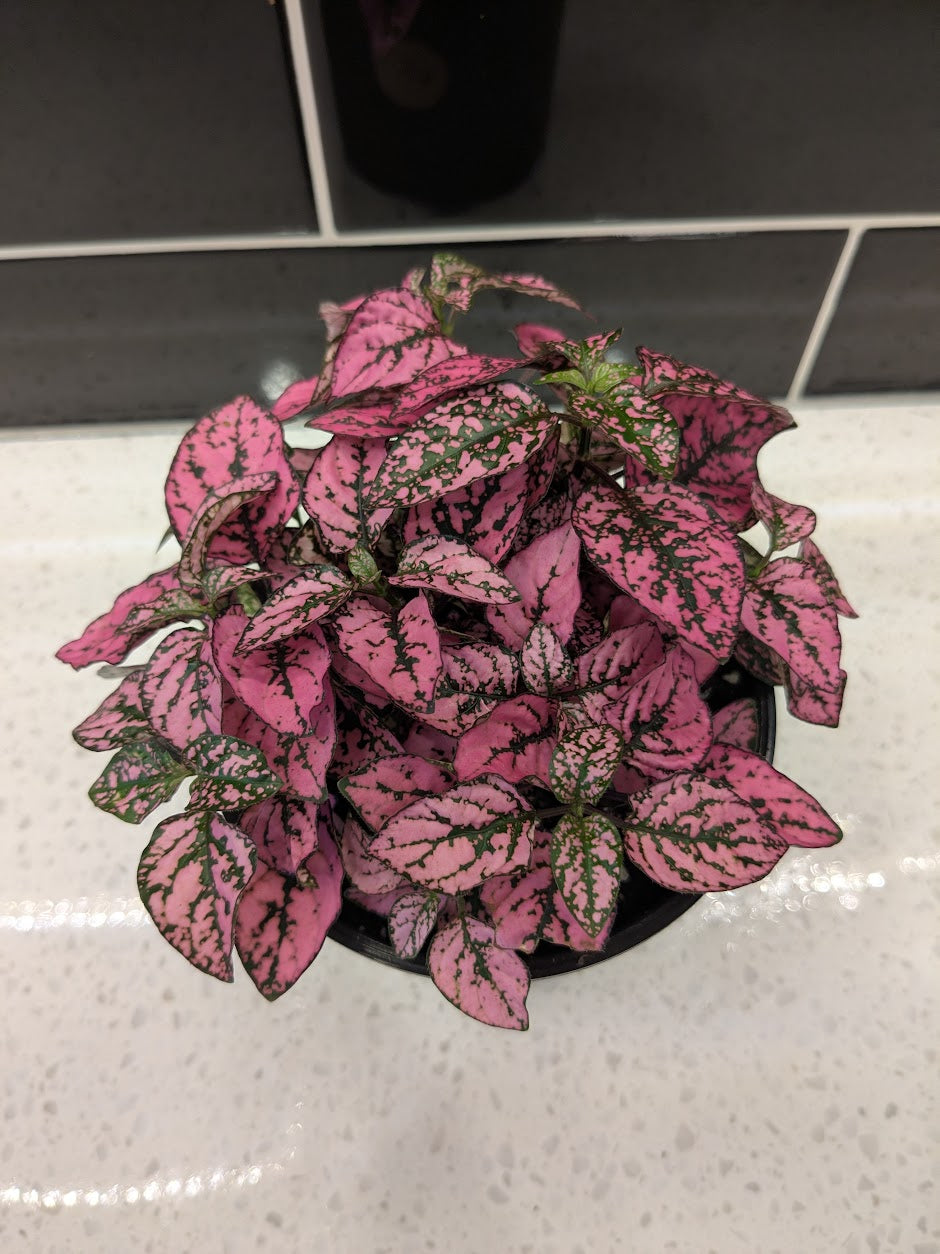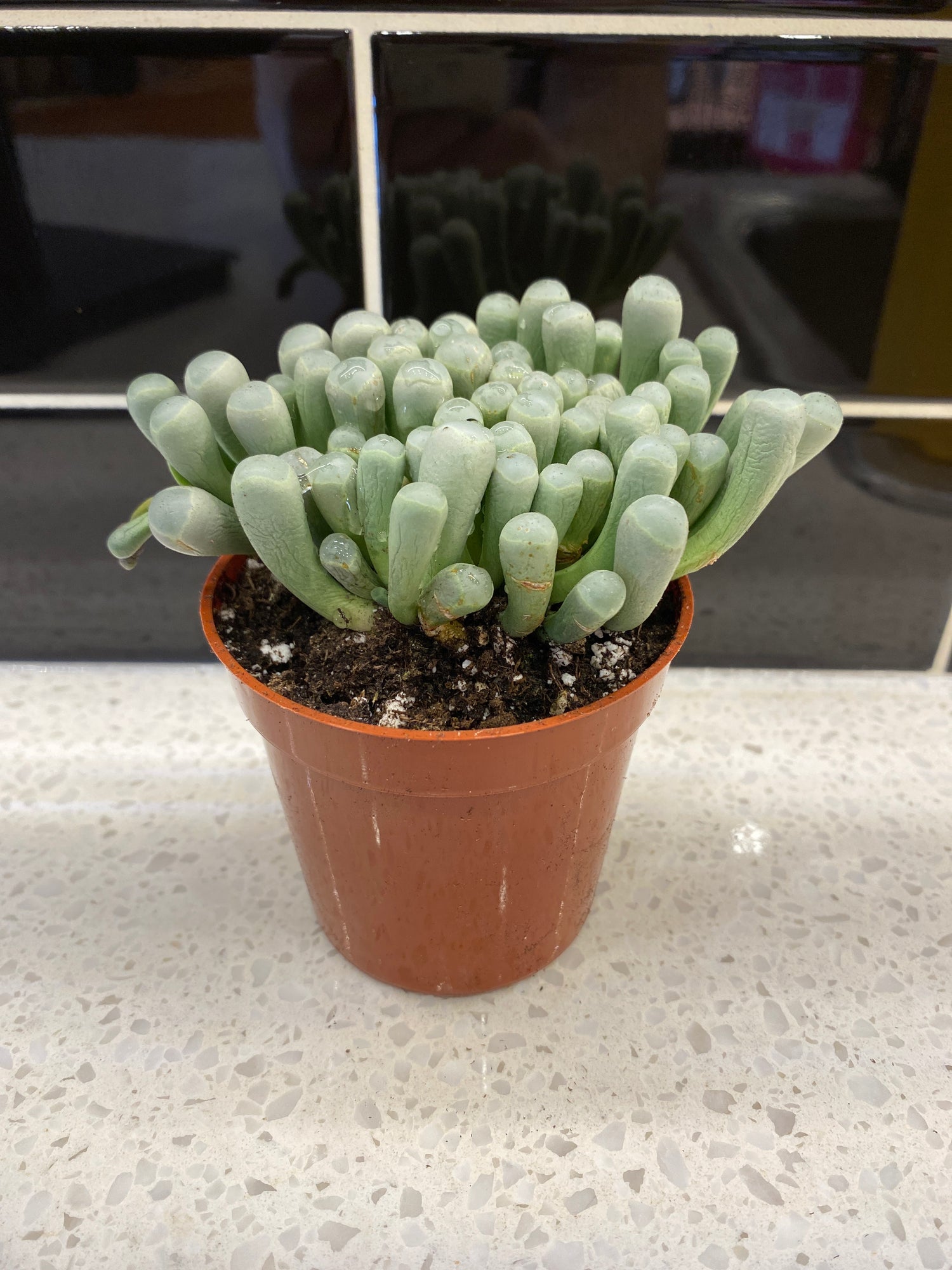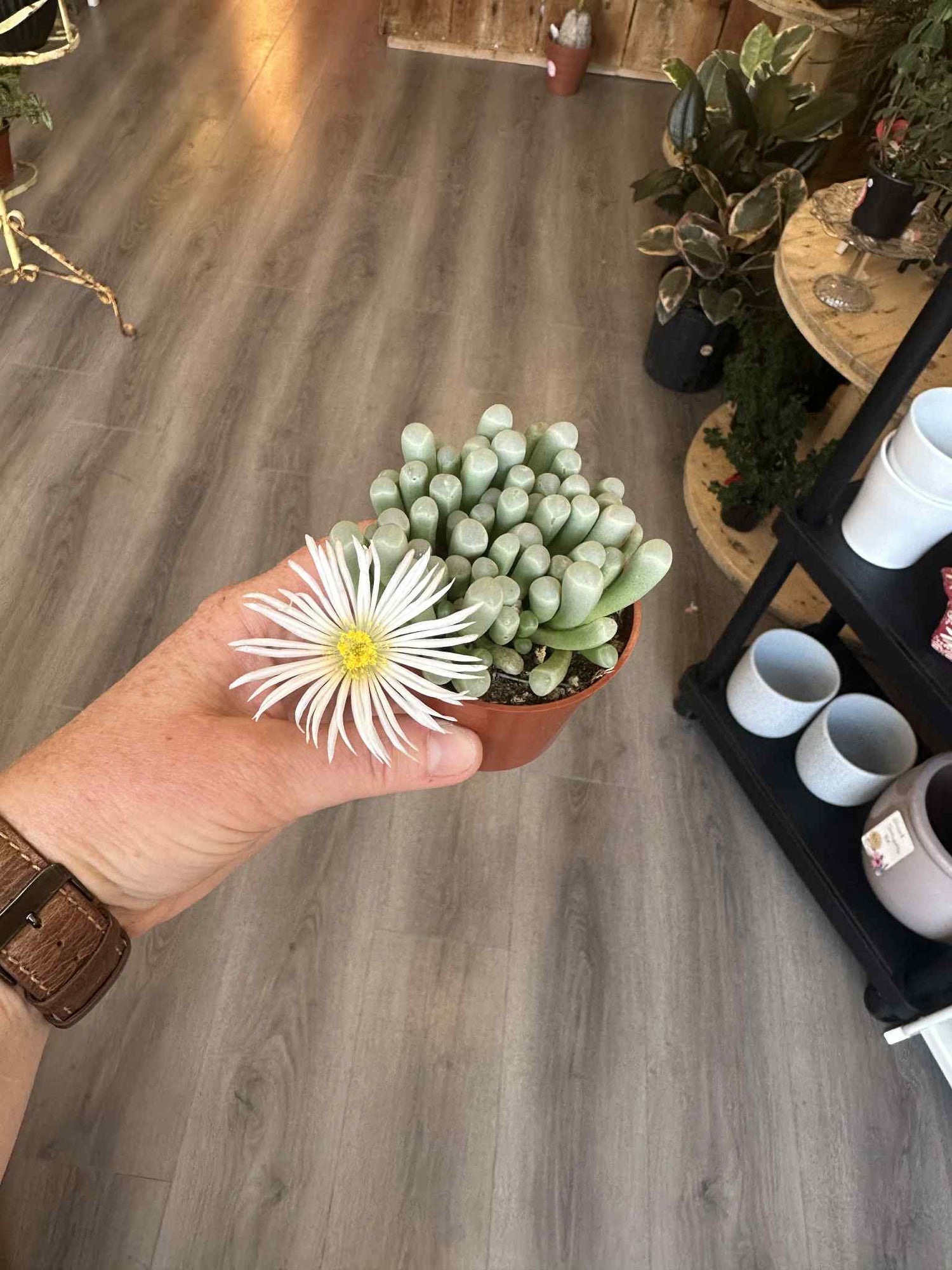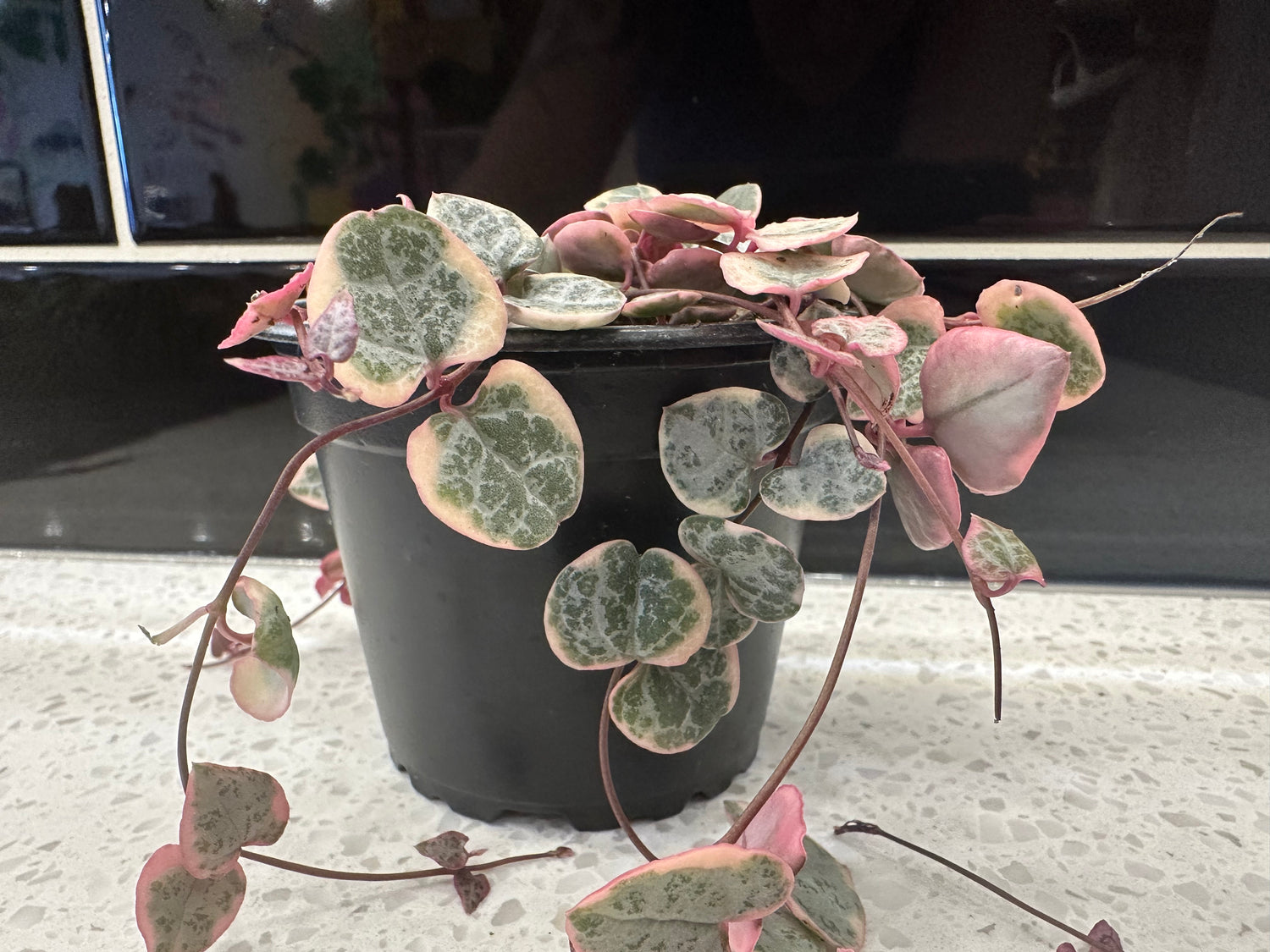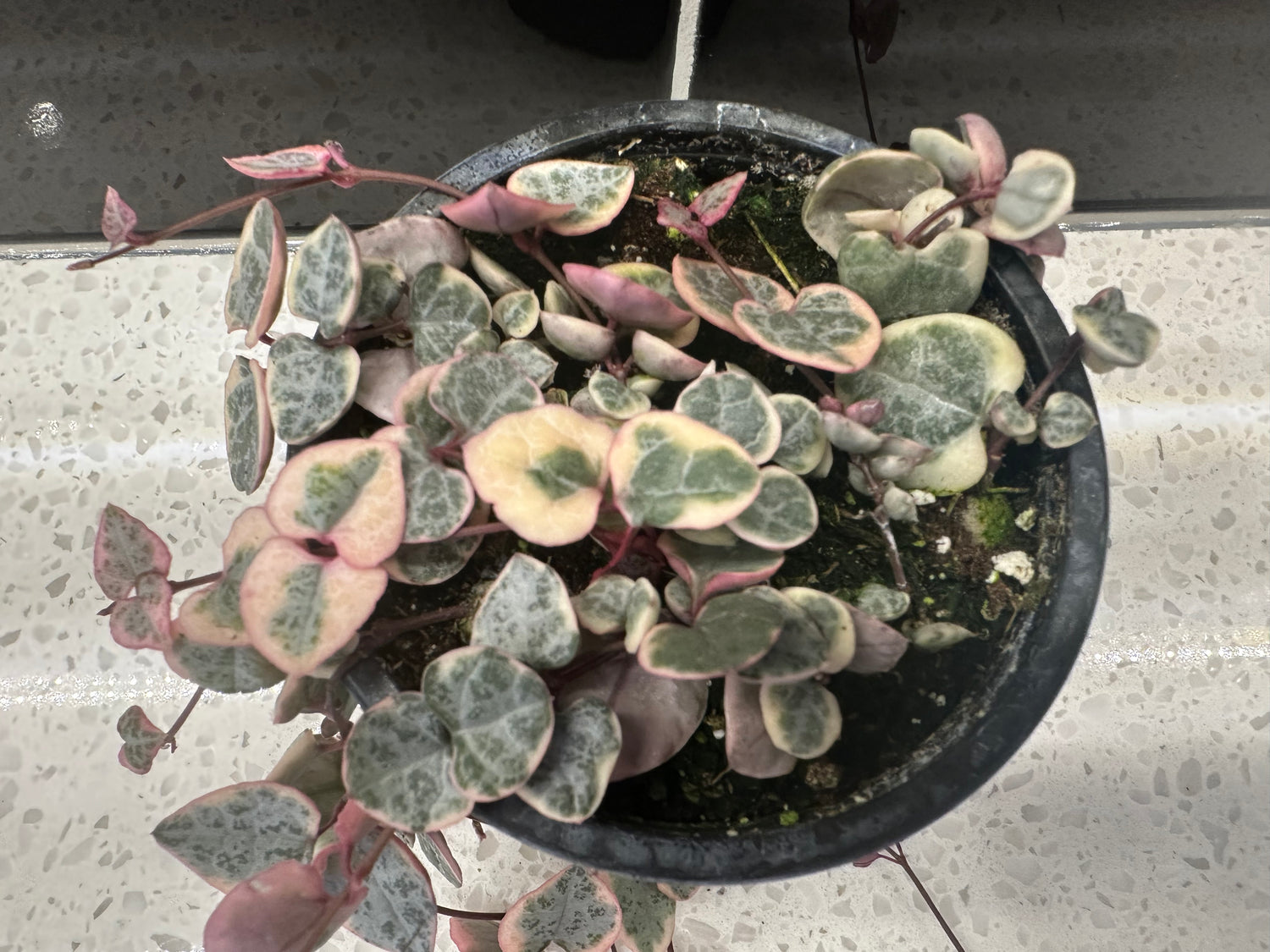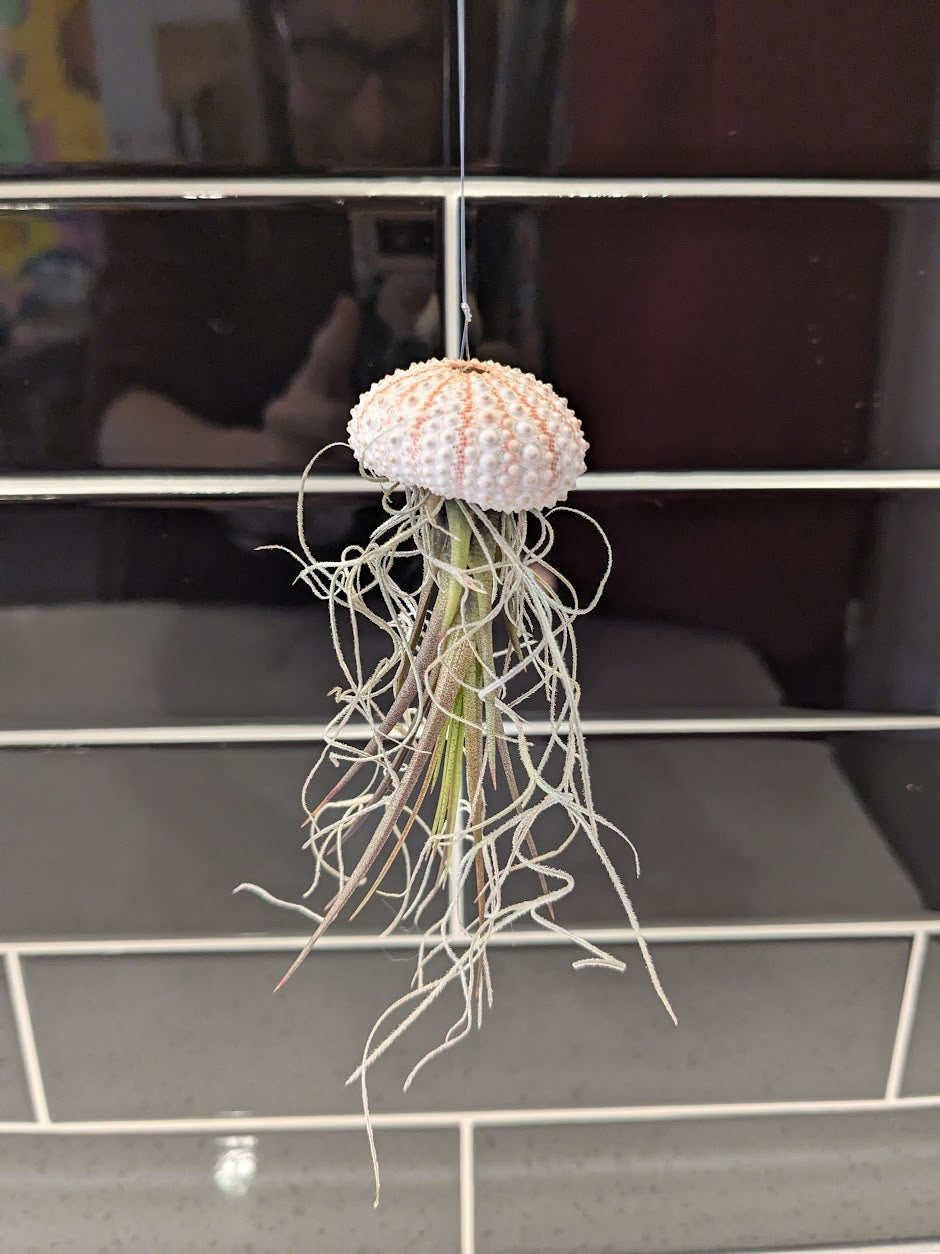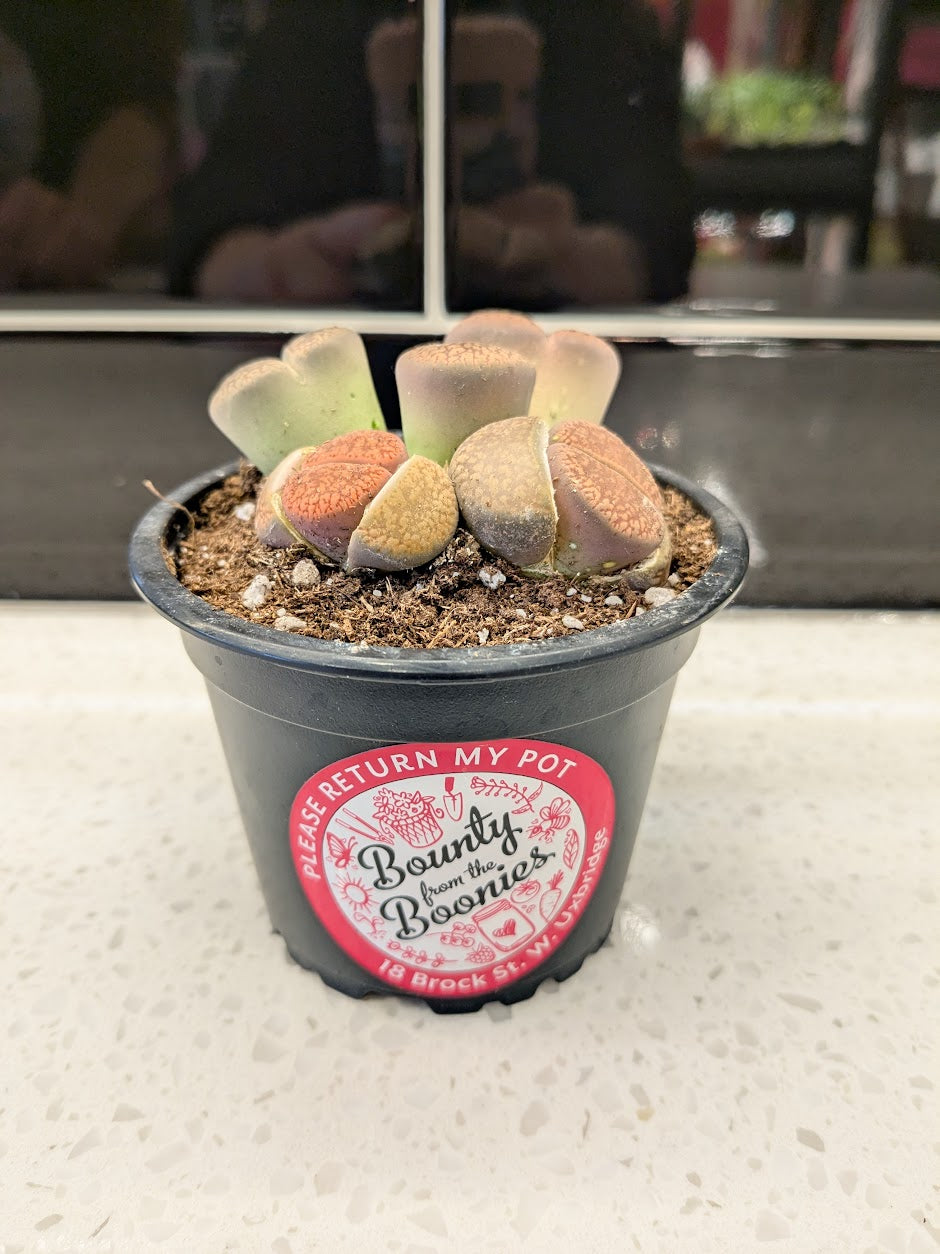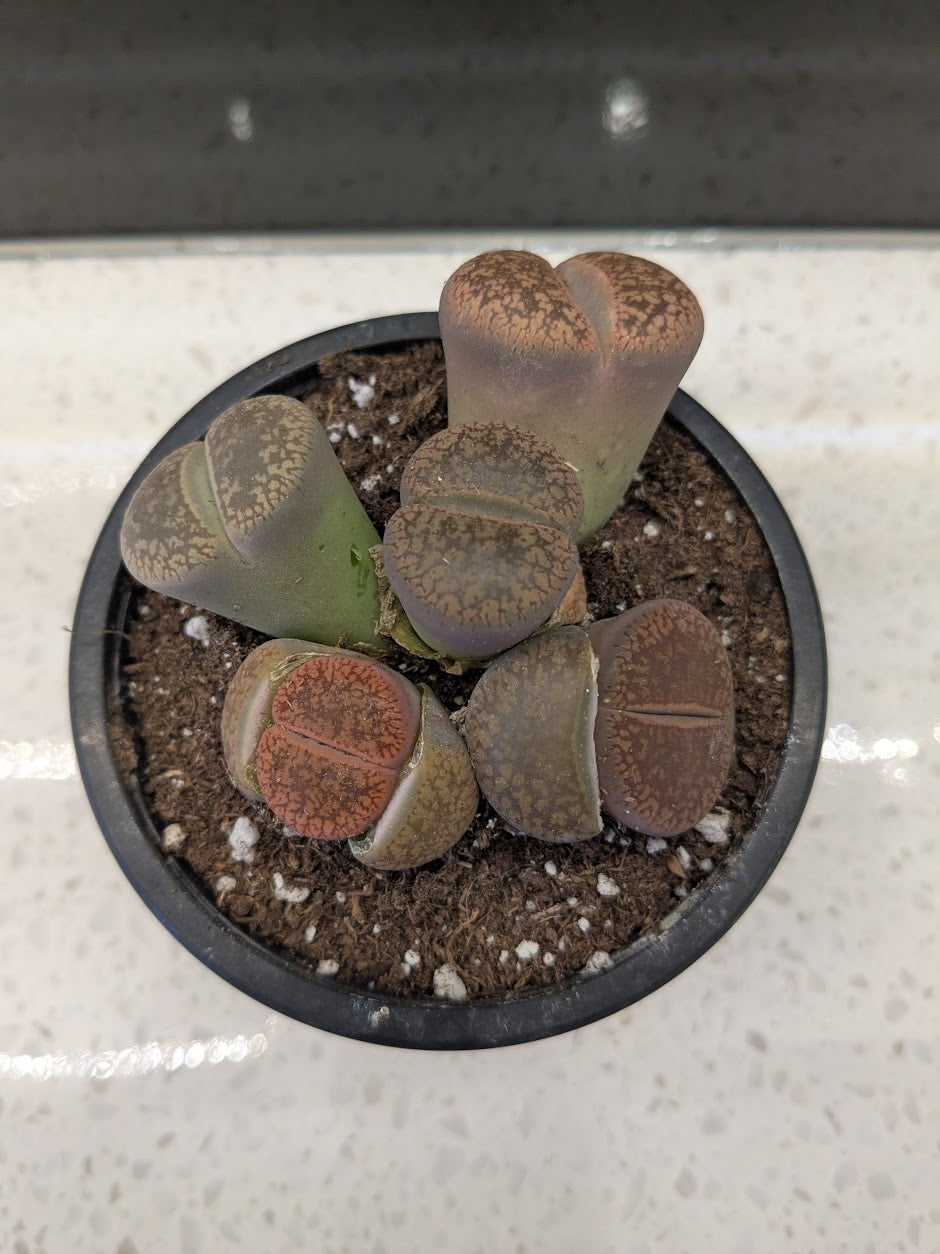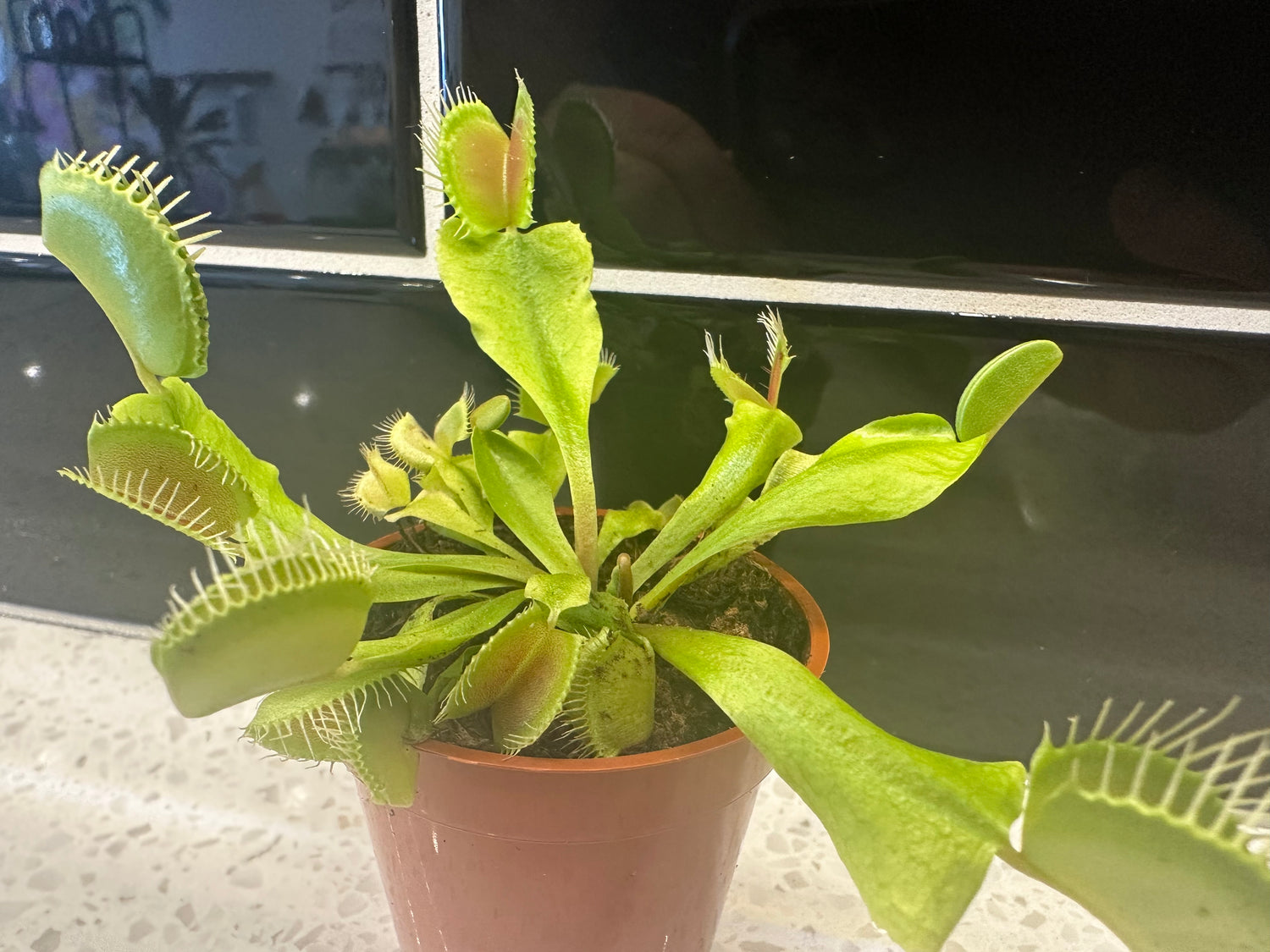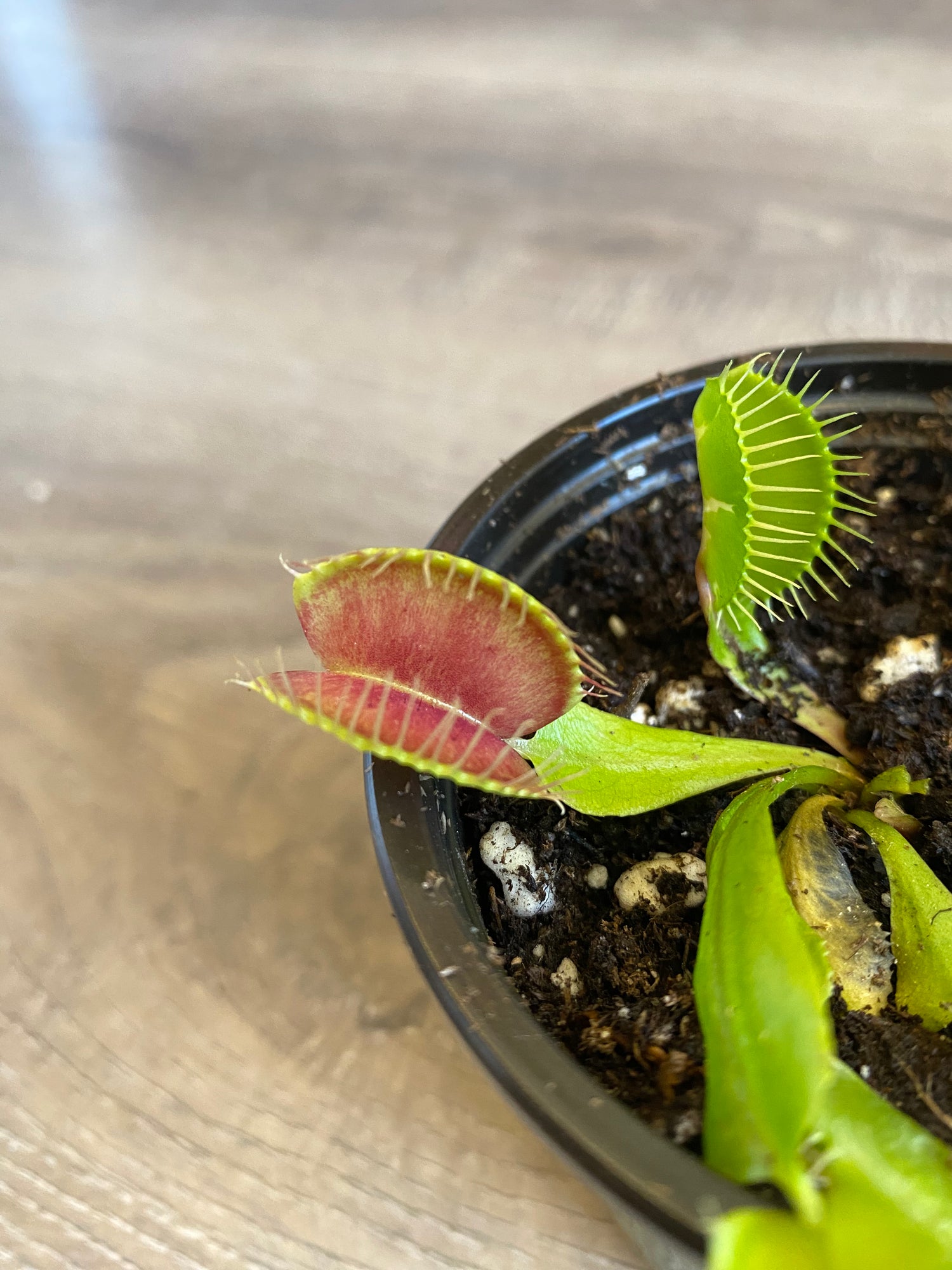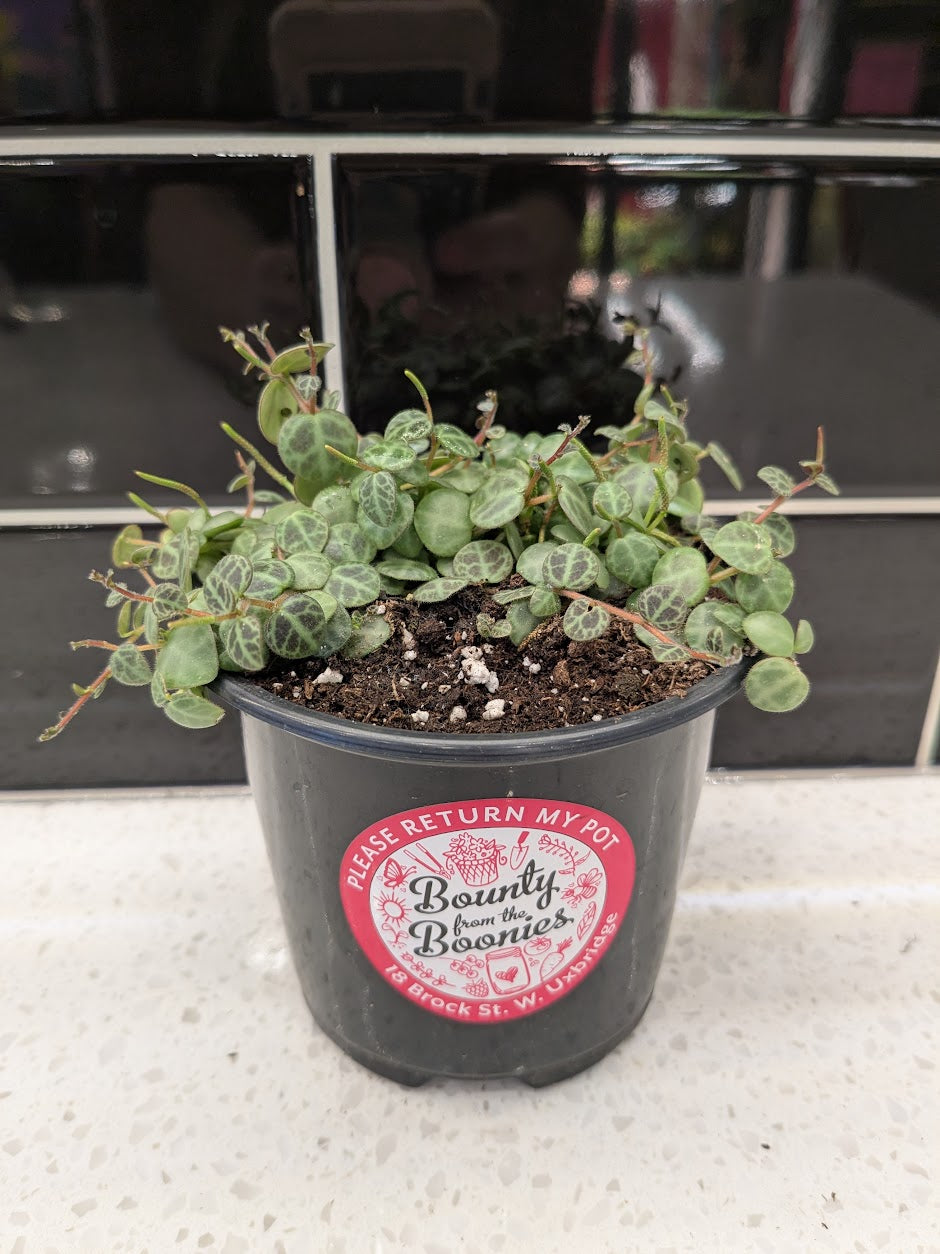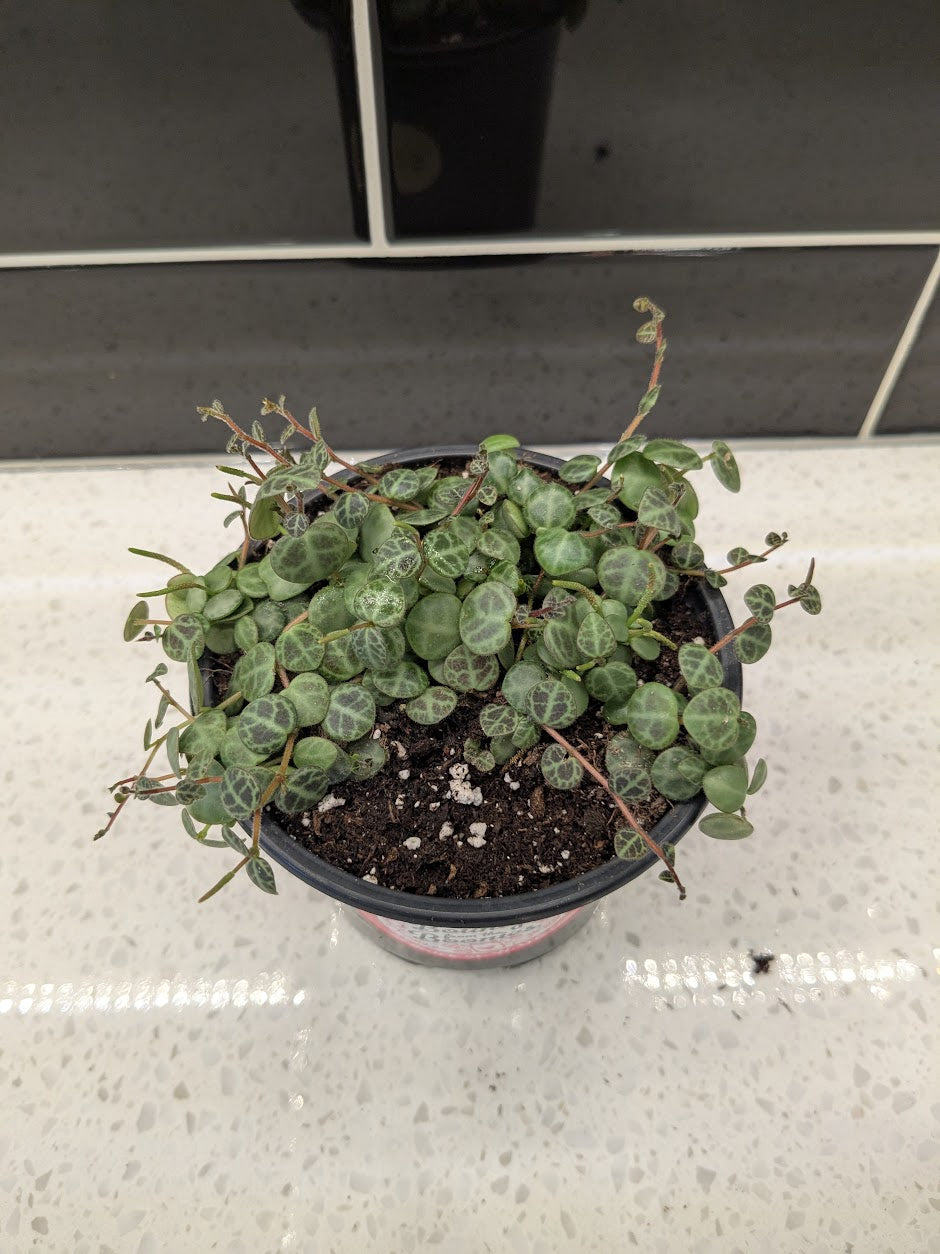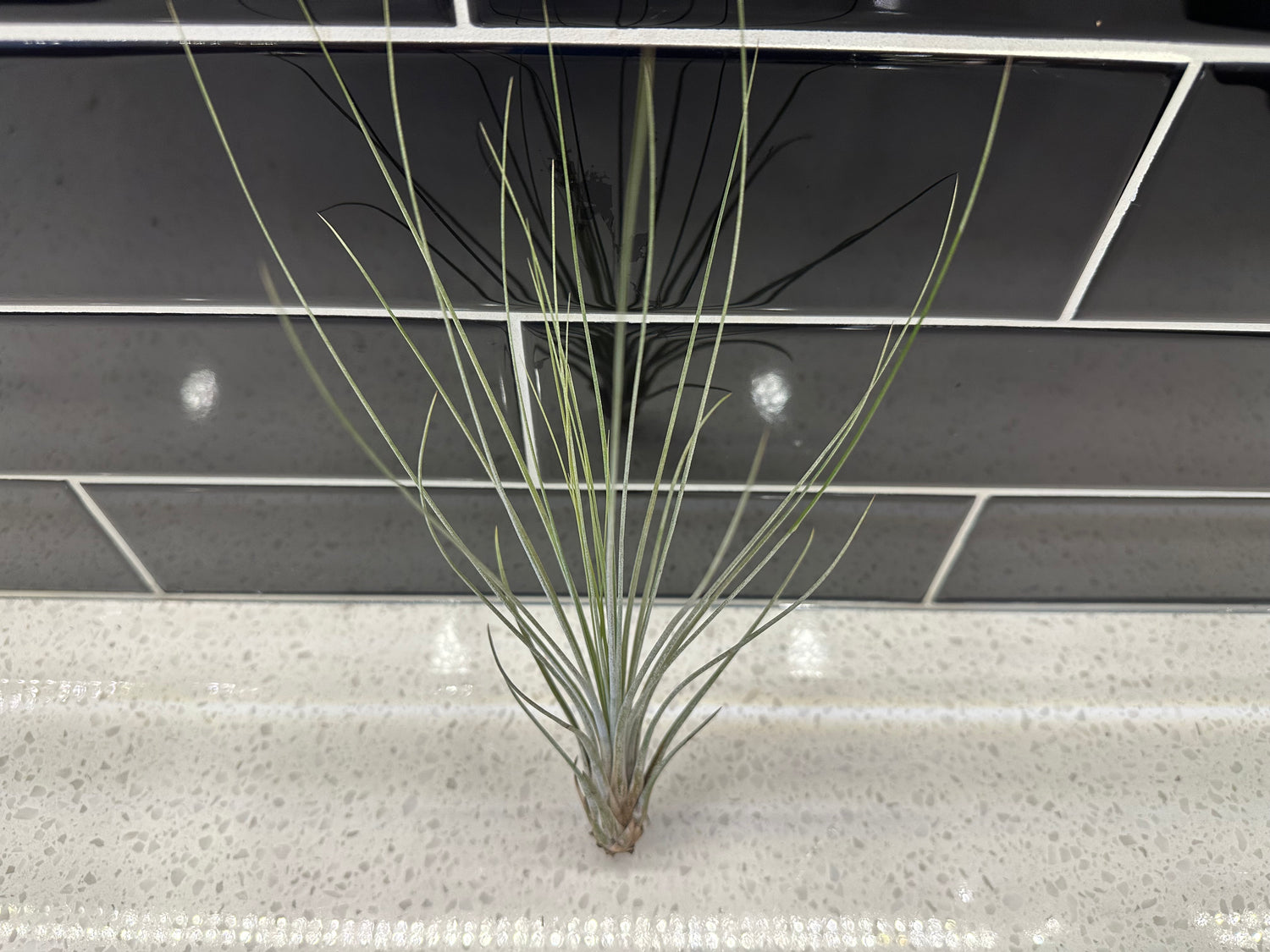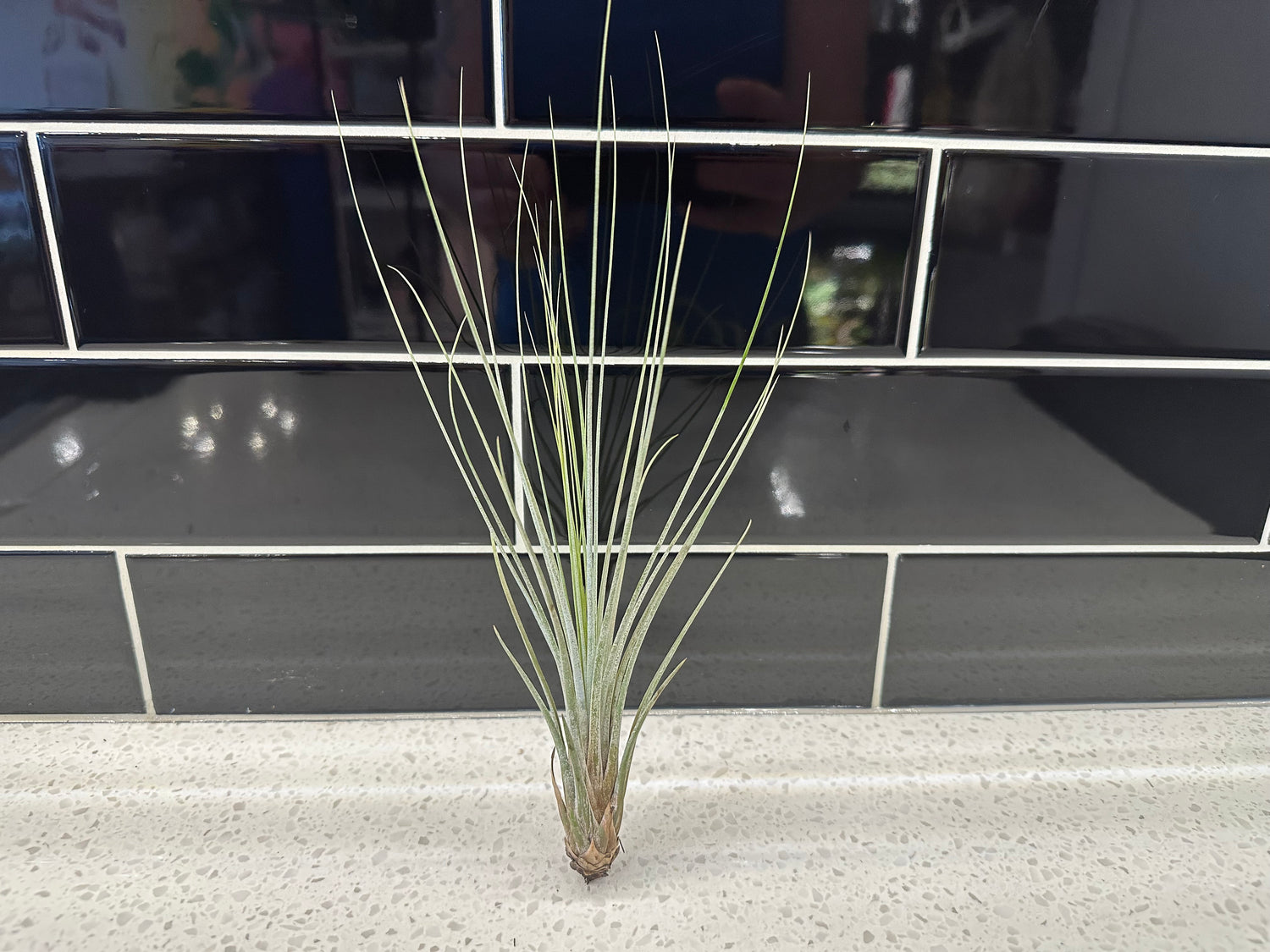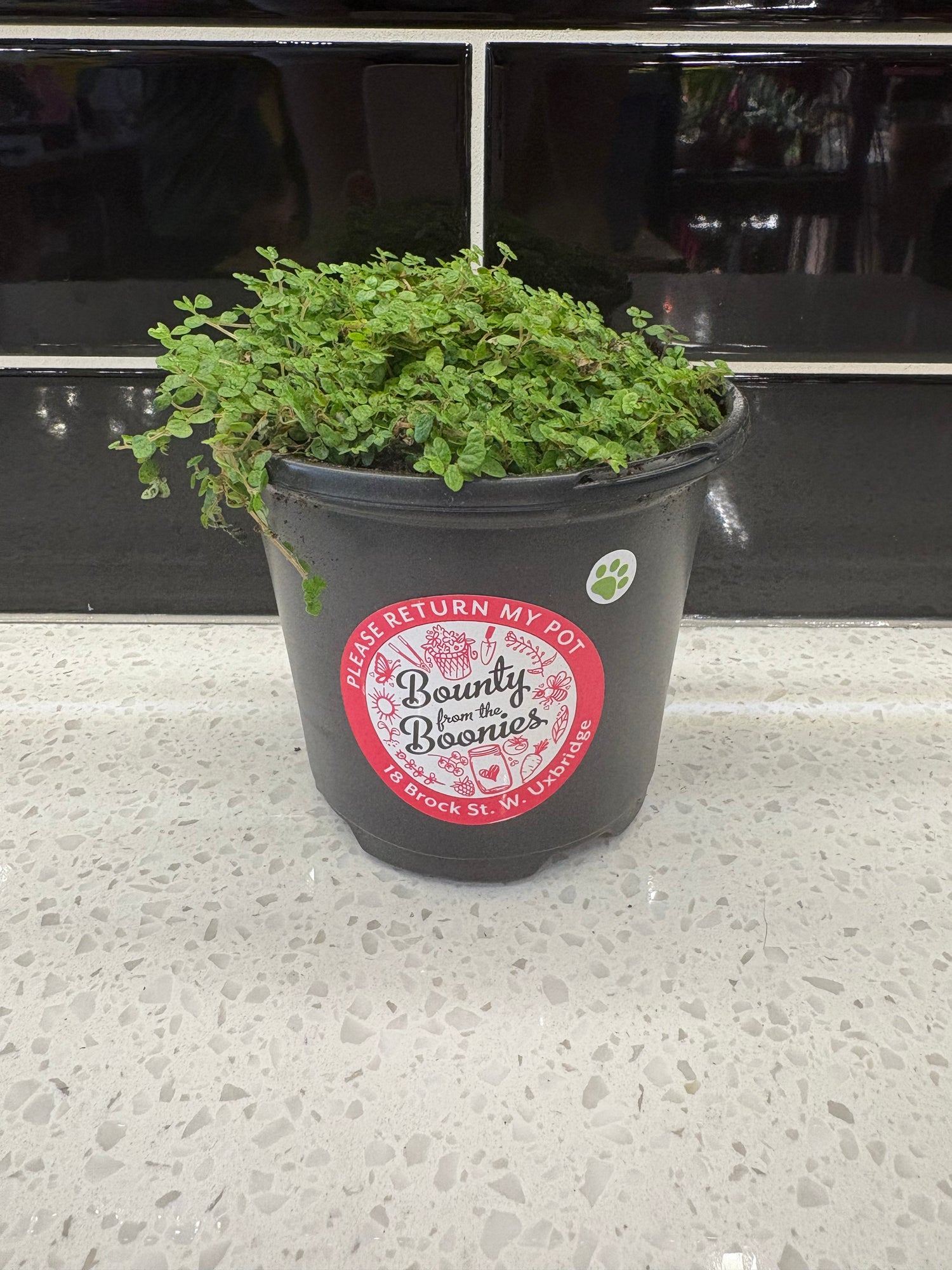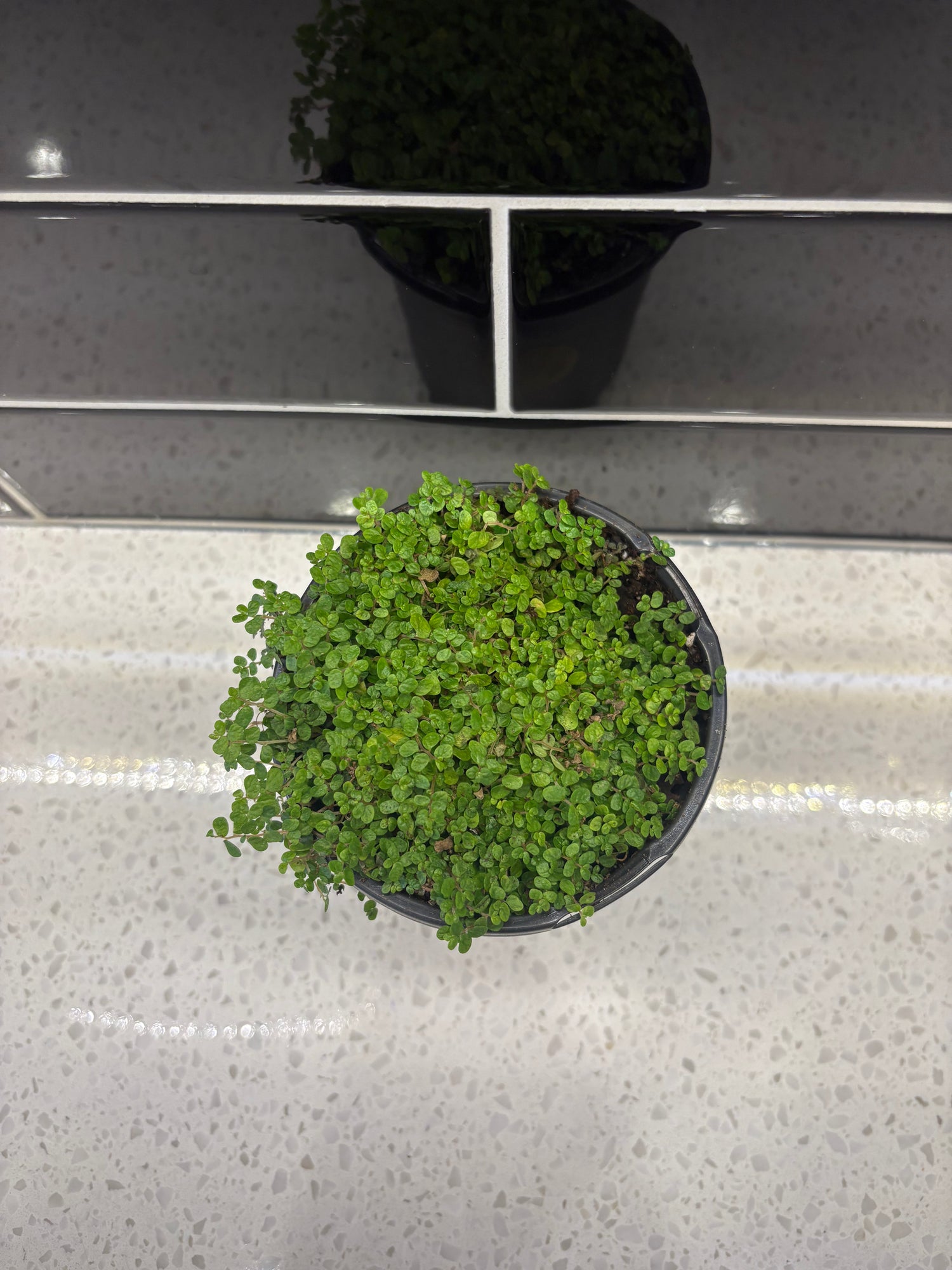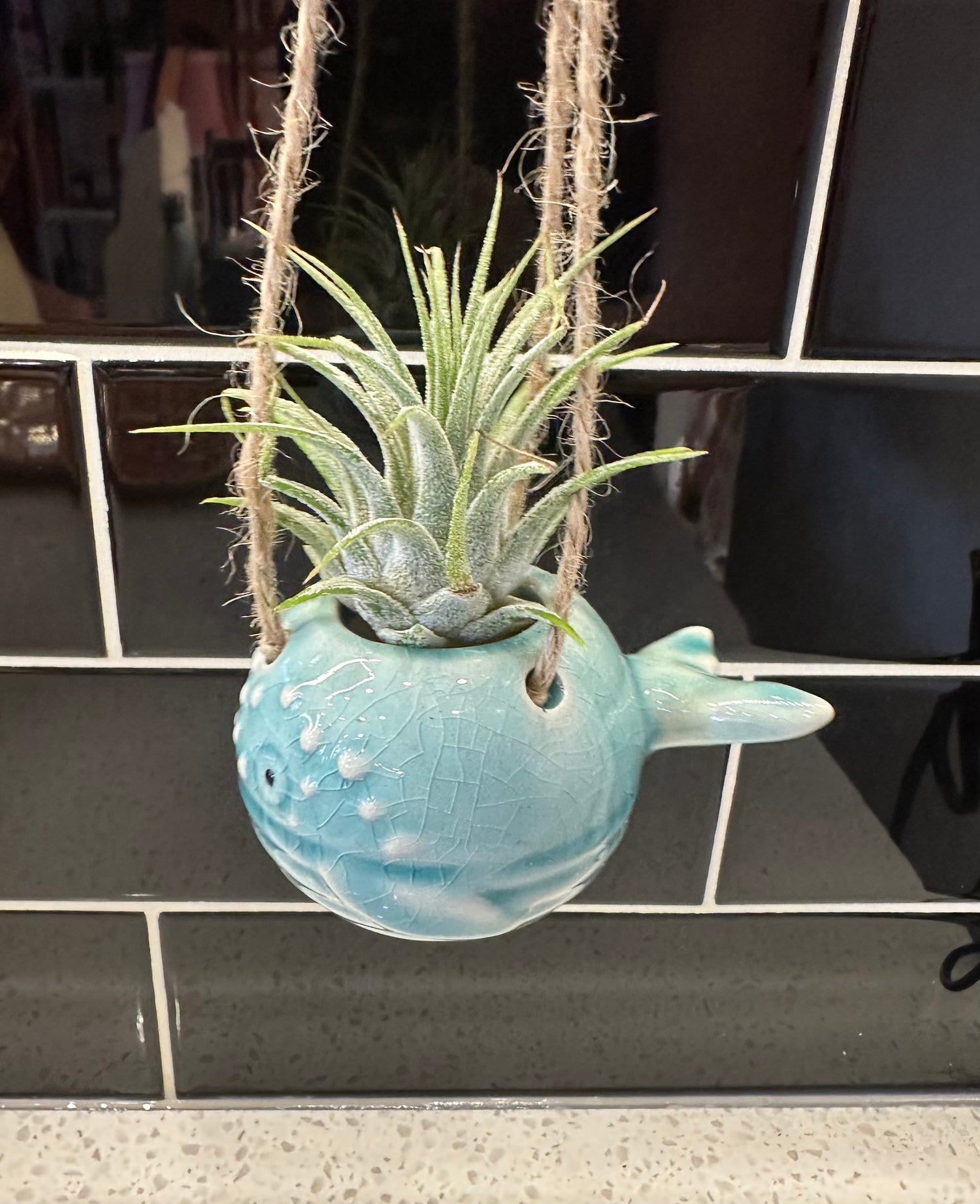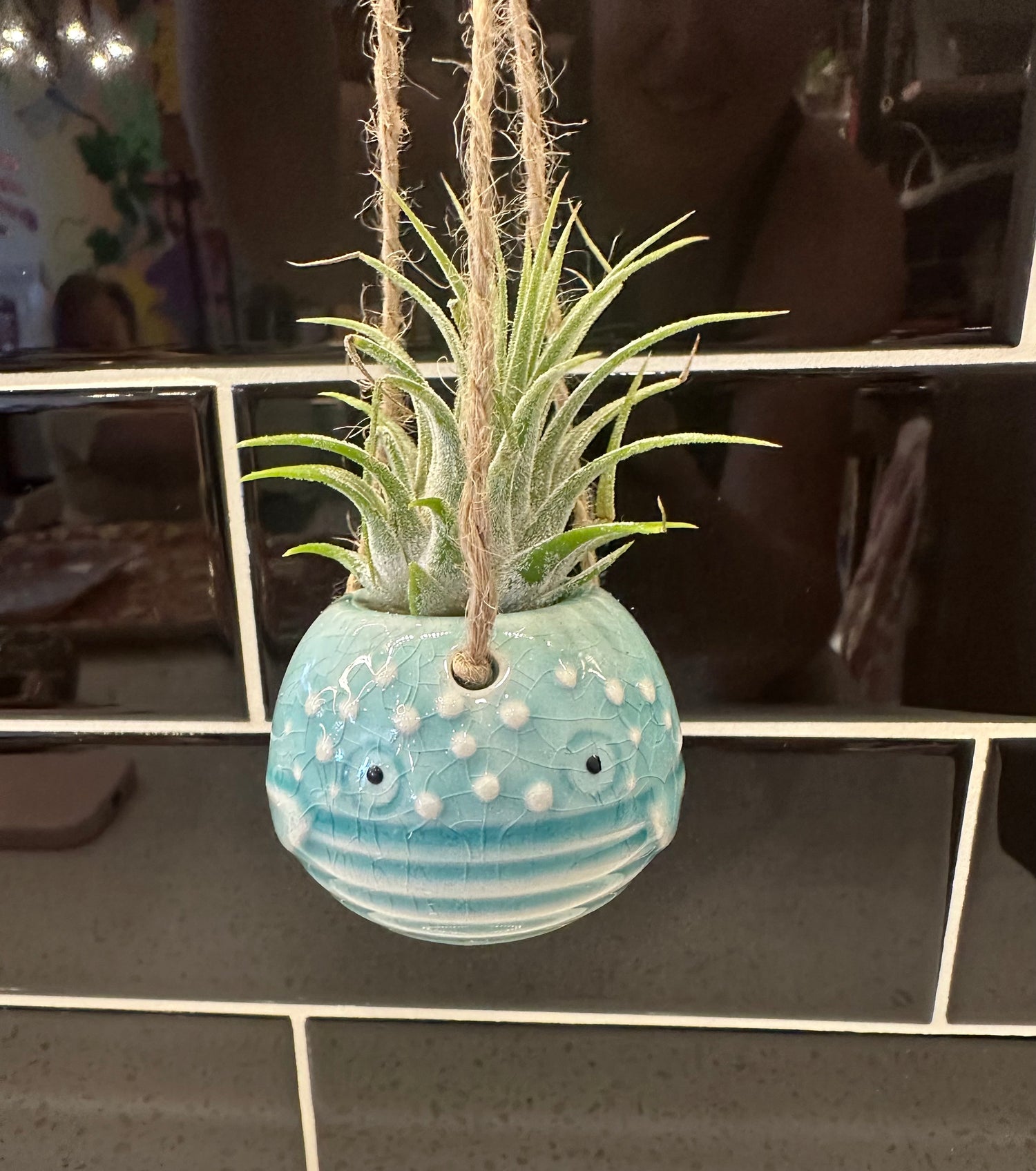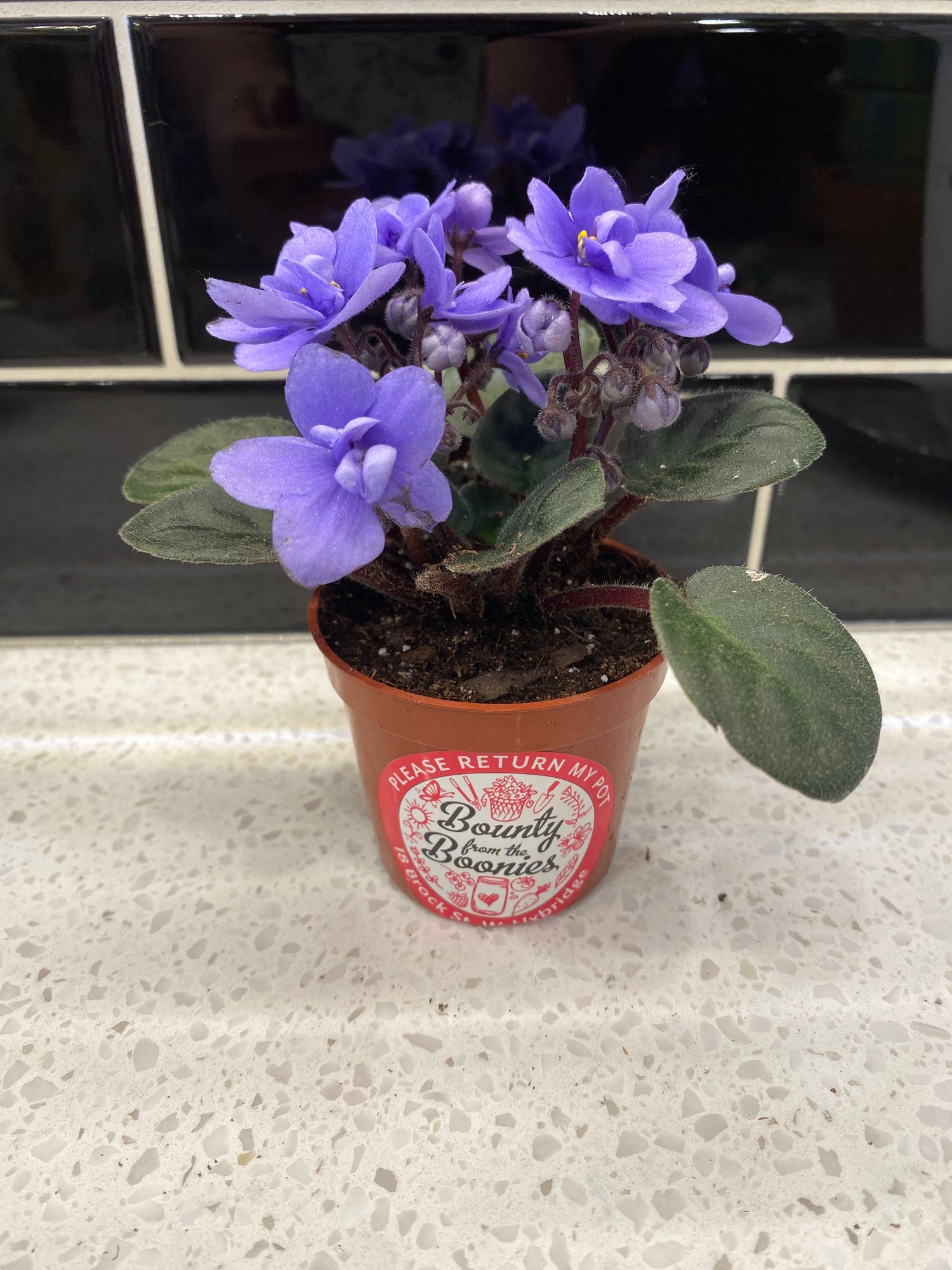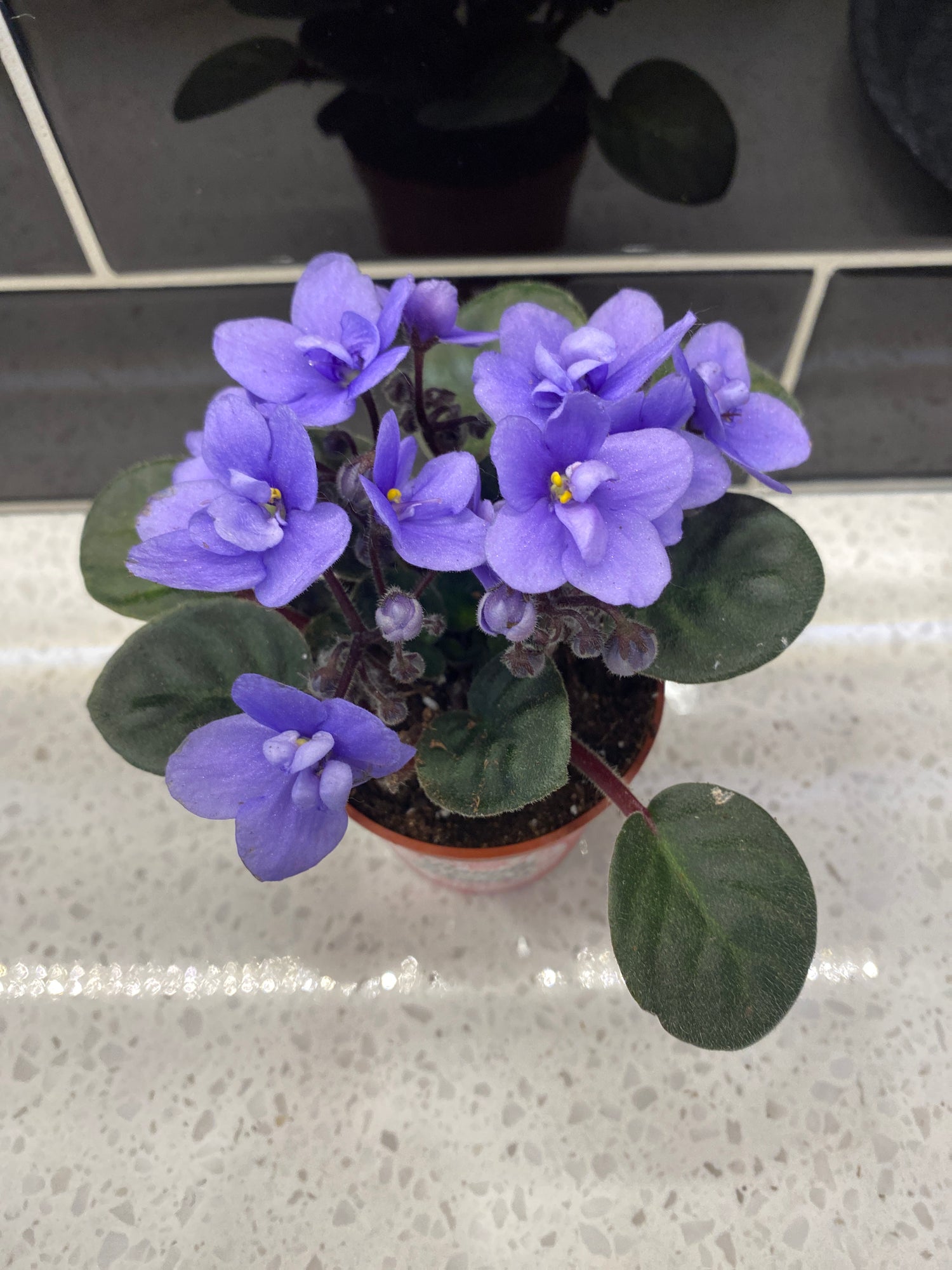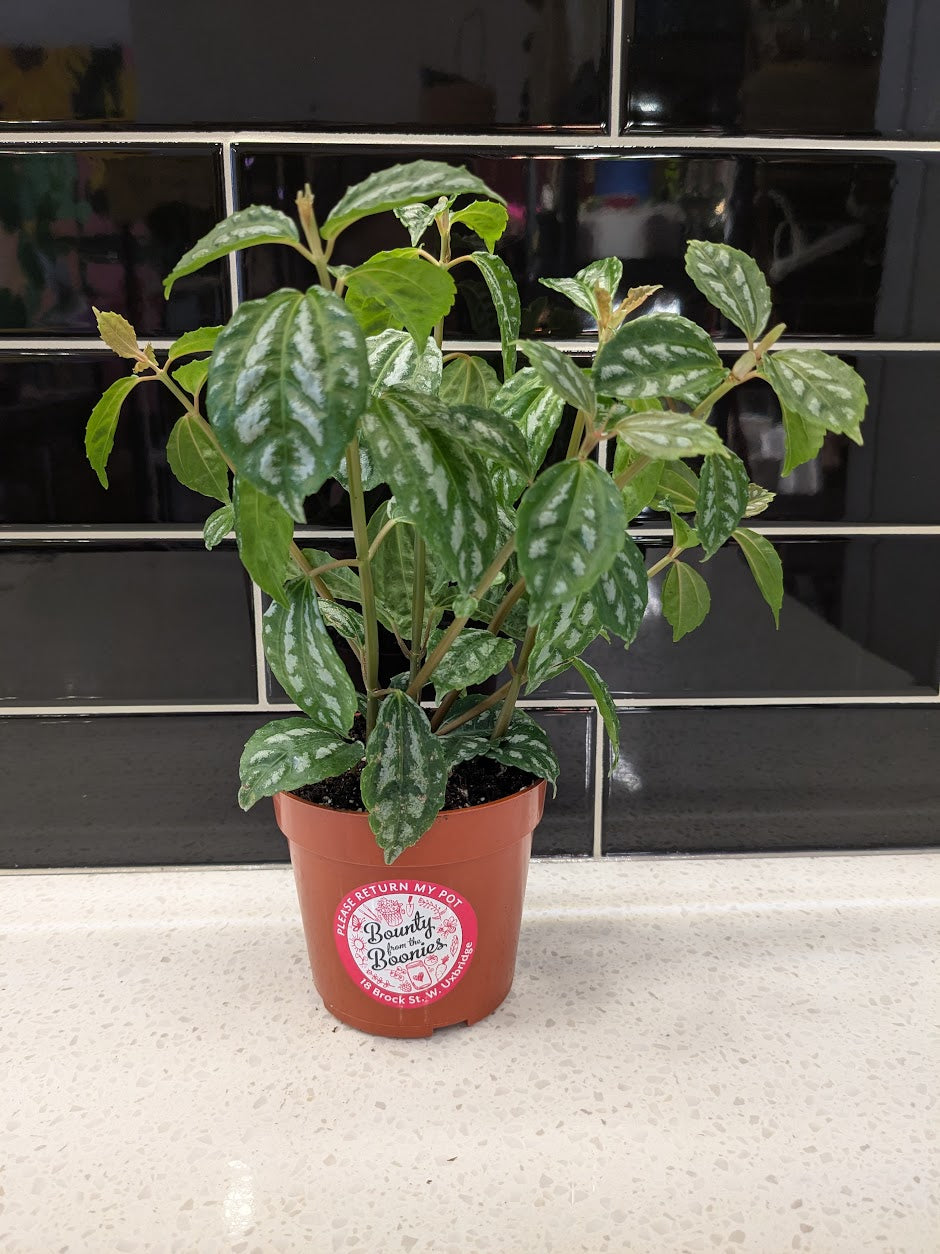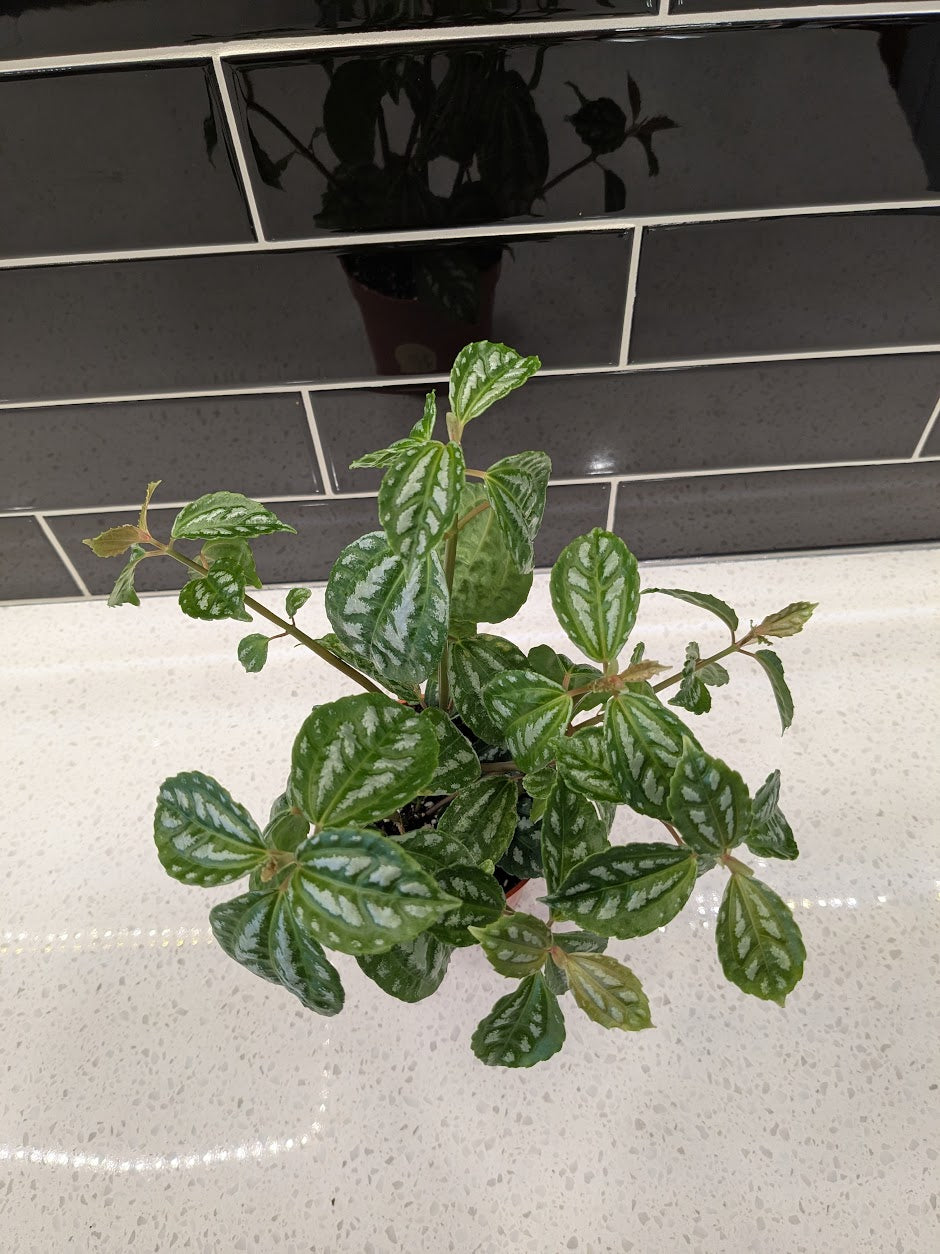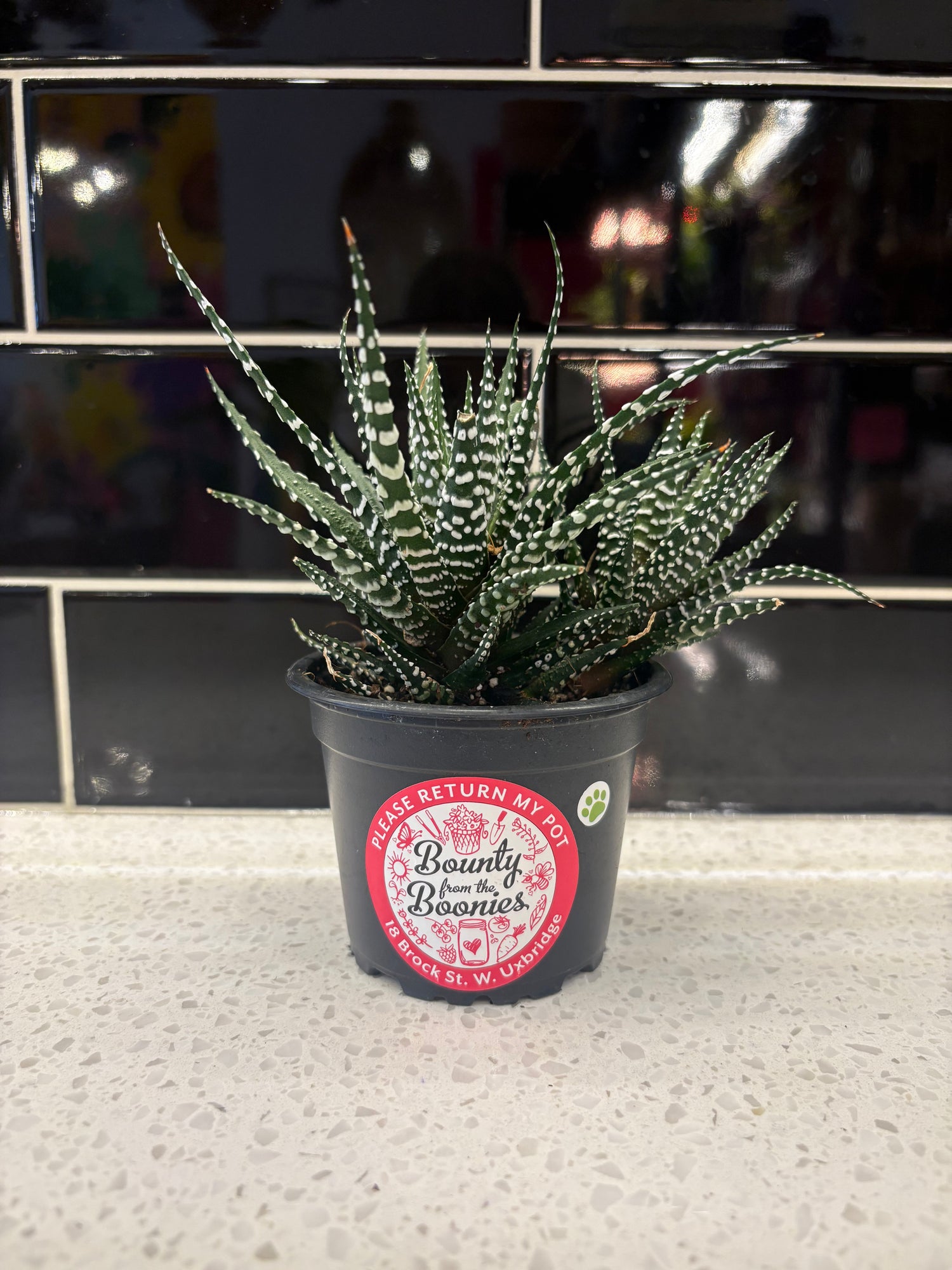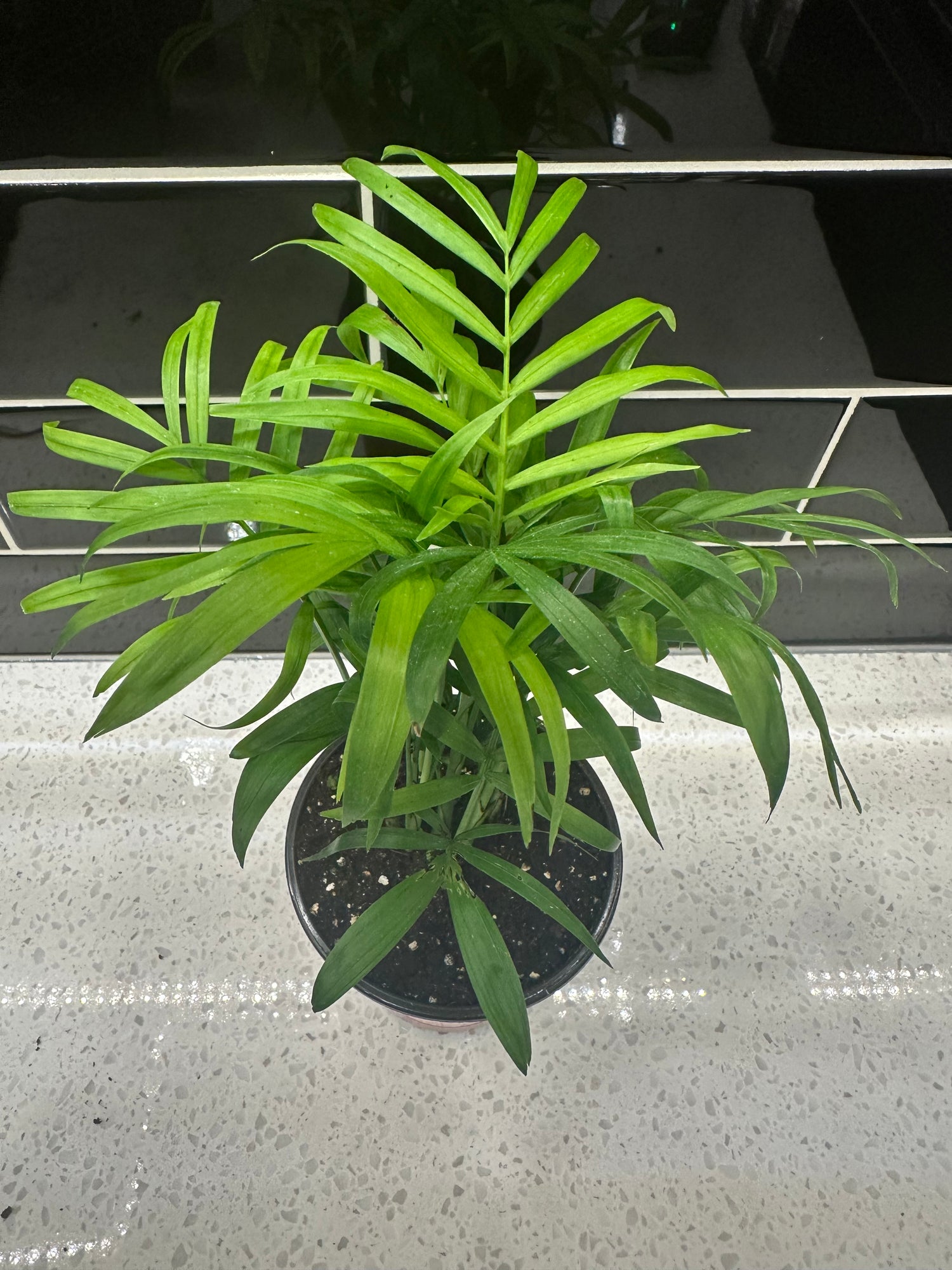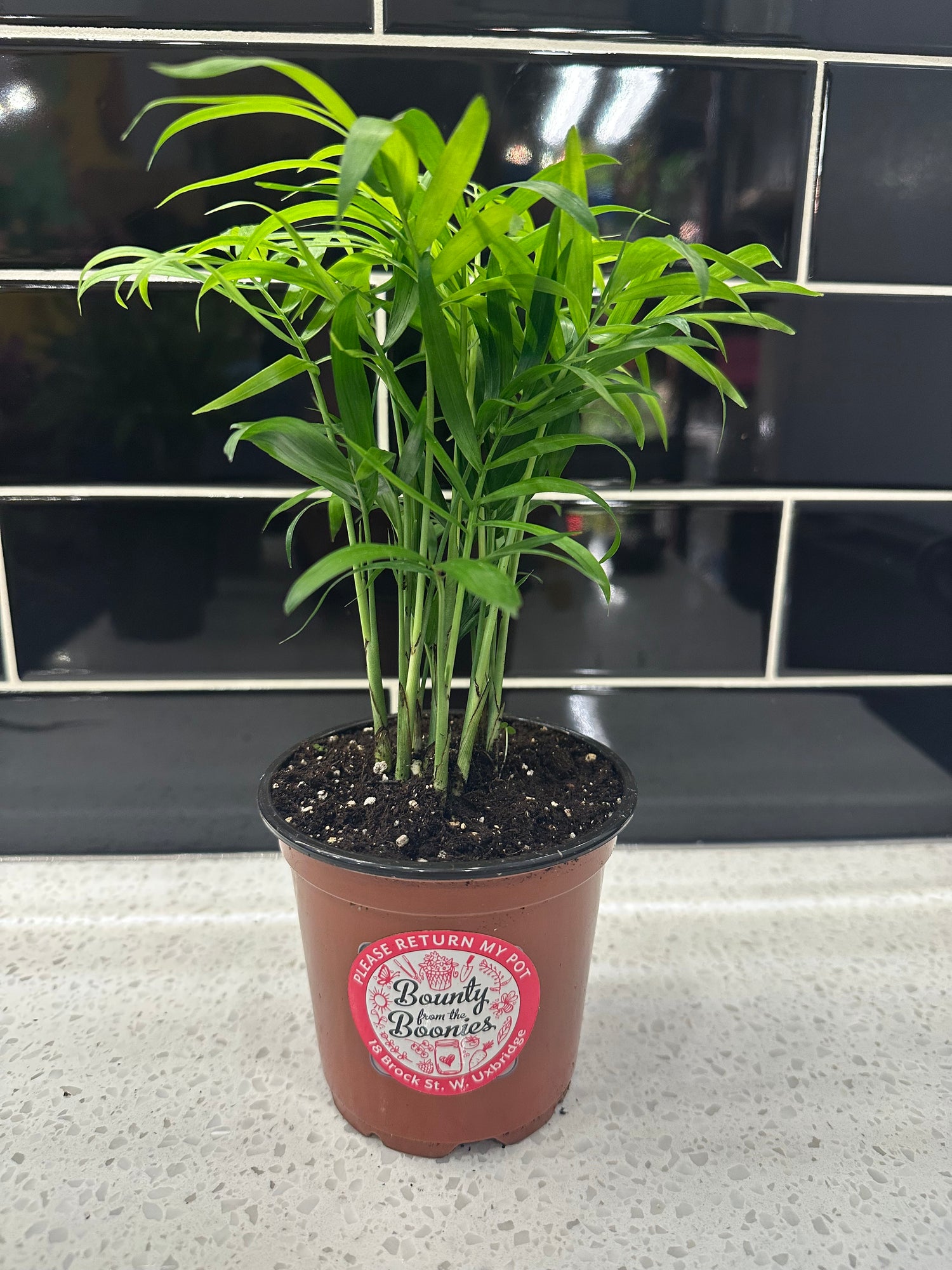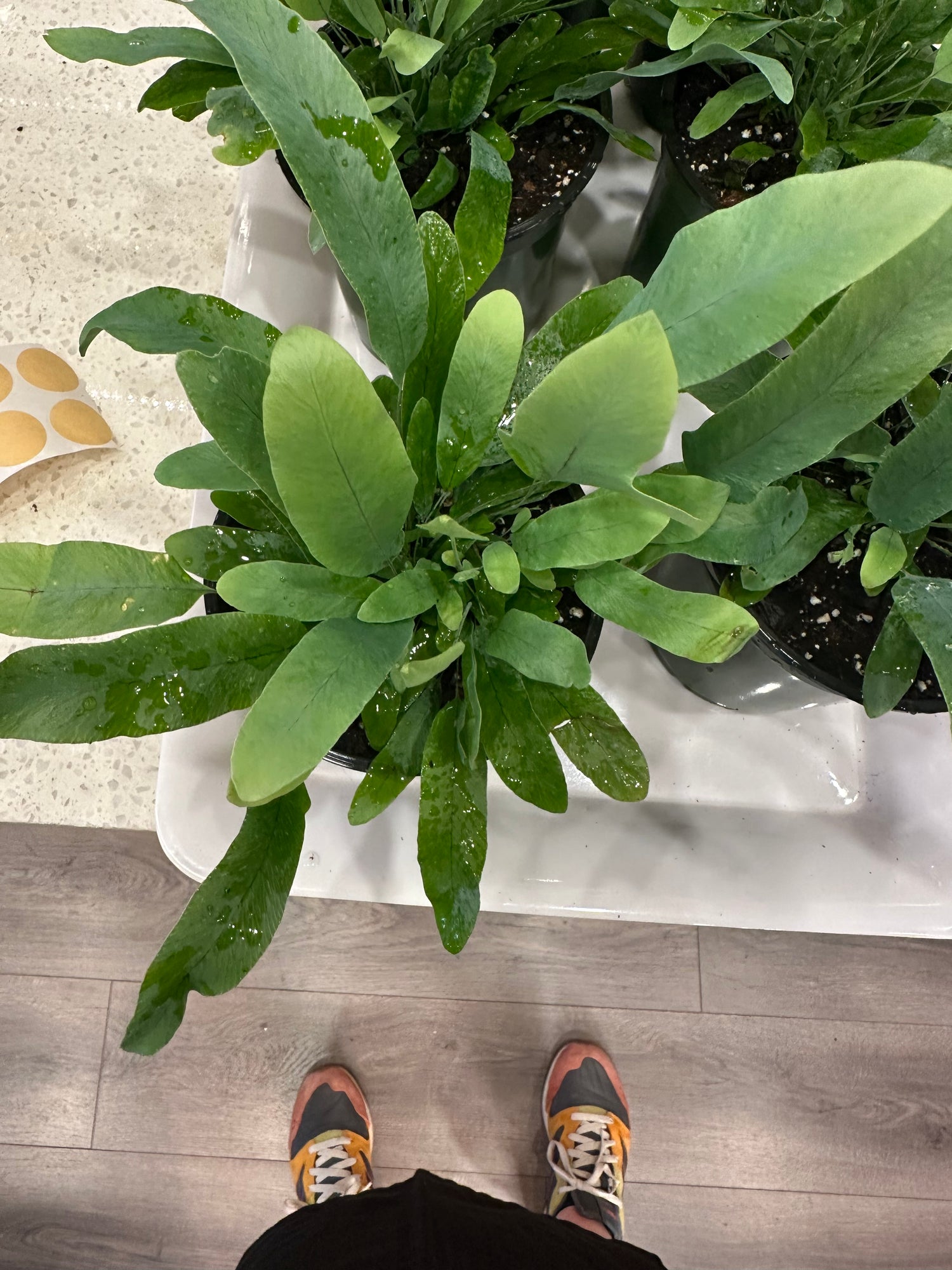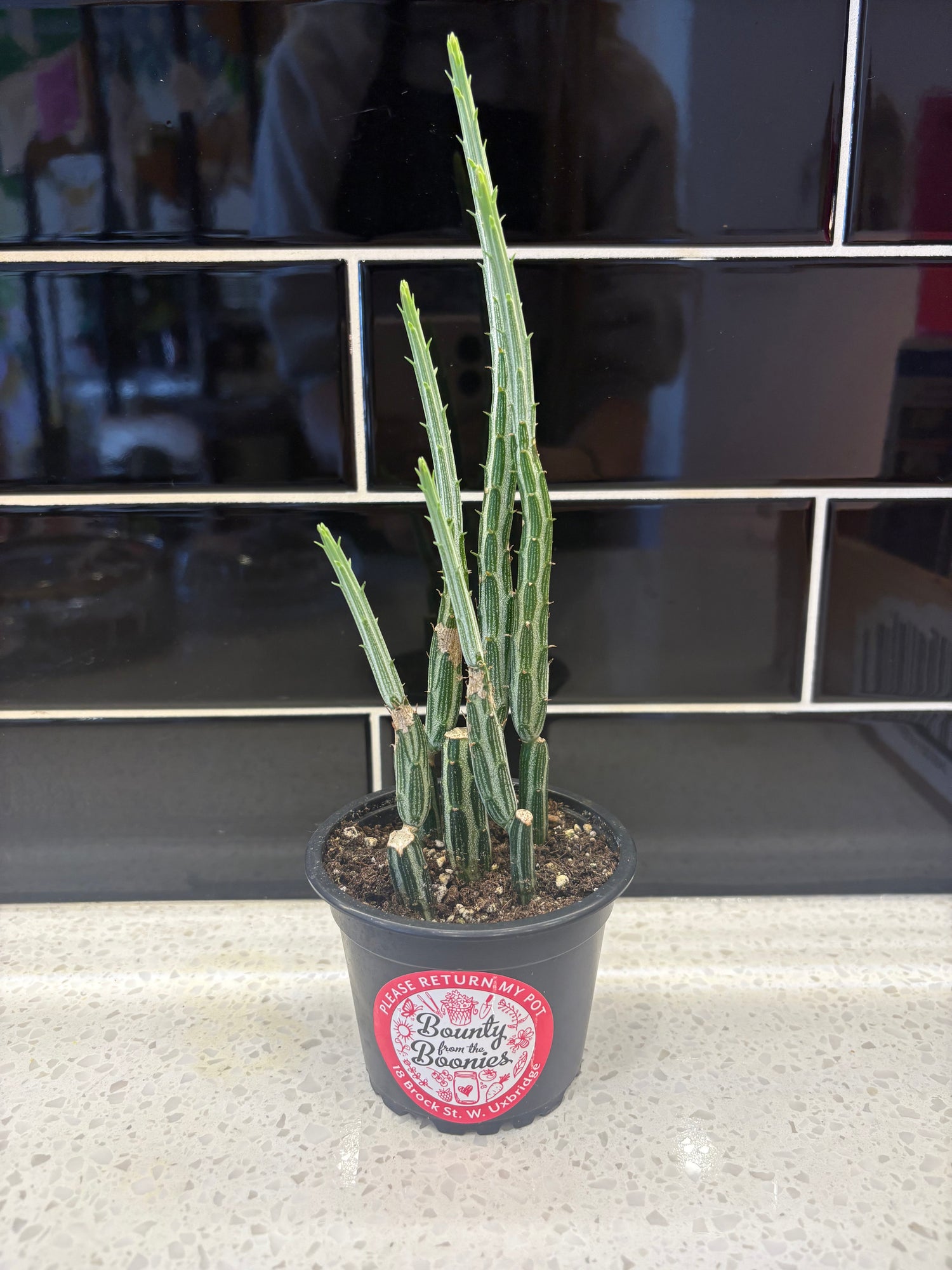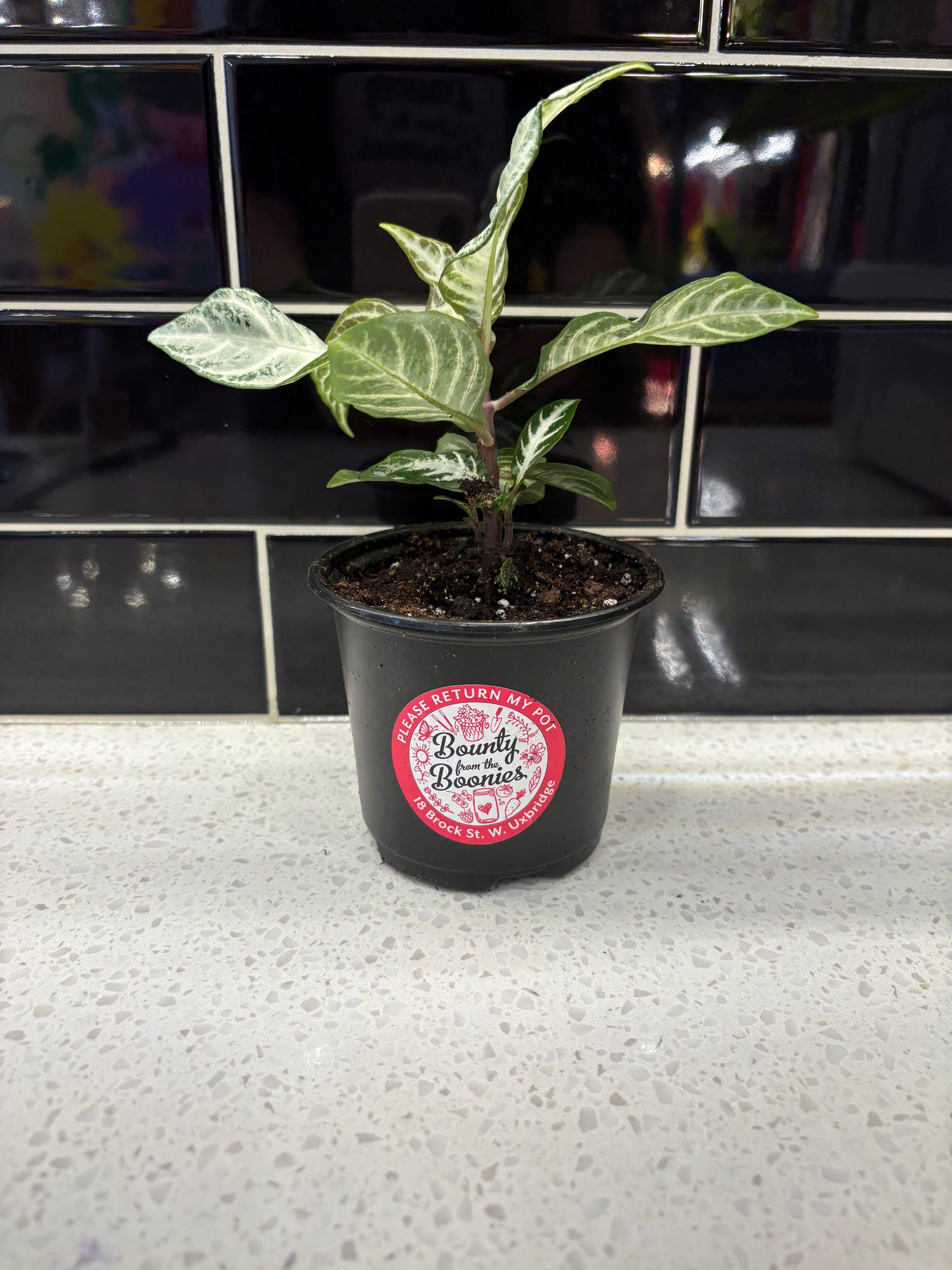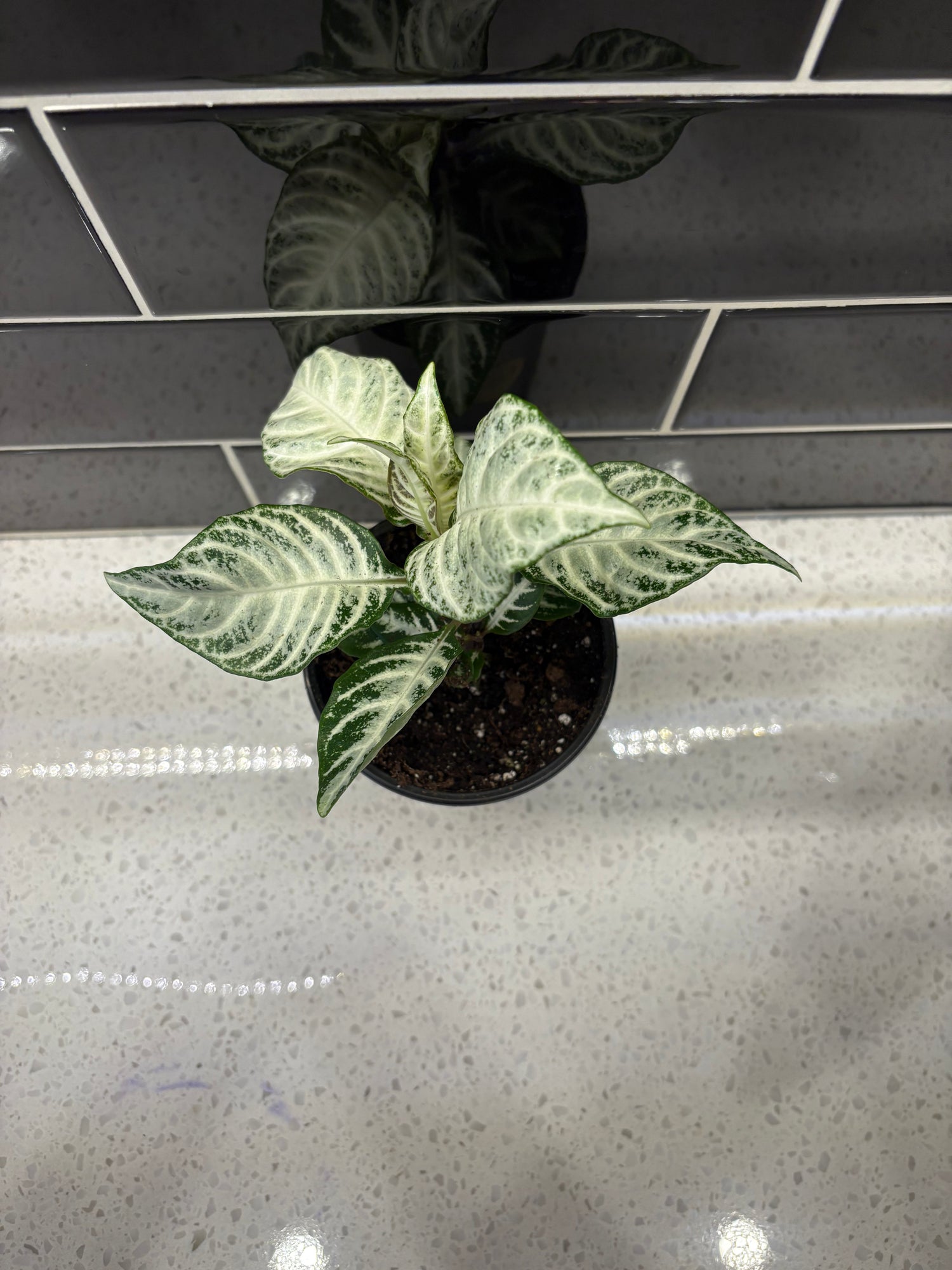Sort by:
46 products
46 products
A fun plant with leaves that look like it’s been splashed with paint. Comes in a variety of colours! The Polka Dot plant originates from the island of Madagascar. It is also found in South Africa and Southeast Asia. The beautiful polka dots on its leaves symbolize creativity and it is believed to bring positive energy and enhance the ambiance of any room.
Scientific Name: Hypoestes Phyllostachya
Common Name: Polka Dot Plant
Light: Bright indirect light
Growth: Can grow up to 12 inches tall
Watering: Keep evenly hydrated, likes to be misted
Pet Safe: Yes
Care: Intermediate
A weird little succulent that looks like…well…baby toes!
Scientific Name: Fenestraria rhopalophylla
Common Name: Baby Toes
Growth: 2-3 inches tall
Watering: Let dry between watering
Pet Safe: Yes
Care: Intermediate
Light: Bright, indirect light
This beautiful plant has cascading vines and heart shaped leaves. This plant stores water in its leaves and roots making it drought tolerant. In the spring and fall the String of Hearts actually produces flowers!
mall, tubular, pinkish-purple flowers and they have tiny hairs that trap insects helping with pollination!
Scientific Name: Ceropegia Woodii
Common Name: String of Hearts/Rosary Vine/Chain of Hearts
Light: Bright indirect light to full sun
Watering: Let dry out between waterings
Pet Safe: Yes
Care: Easy
The lowest of care plants! A variety of shapes and sizes add dramatic flair to any living space.
Light: Bright, indirect light.
Watering: Soak in water once a week and let completely dry.
Care: Easy
Pet Safe: Yes
If purchasing online, the air plant may vary. You will receive the size purchased but exact look can vary.
A strange succulent variety that look a little like brains! Also known as "Lithops" which is derived from the greek word "lithos" (stone) "opsis" (like)...stone like!
Native to South Africa, this quirky little plant is known for its unique appearance. Because they look like small stones, it helps them camouflage against grazing animals.
Scientific Name: Lithops
Common Names: Living Stones
Growth: 1-2 inches tall
Light: Bright indirect light
Watering: (Water from below)
Late Spring to Summer: Only water every 2-3 weeks.
Late summer to early fall: Water once you notice growth happening.
During Dormancy: Stop watering completely, especially during winter and midsummer.
If leaves start to shrivel, add a bit of water to firm them up.
Care: Intermediate
Pet Safe: Yes!
The Venus Fly trap is a unique carnivorous plant. It looks like a creature from an alien movie but don't let this plant scare you, it only munches on insects! With its leaves ending in little claw like hands, this plant closes the instant an insect lands on it.
The Venus Fly Trap originates from coastal bogs of North and South Carolina. They have adapted to low nutrient environments by using the insects they eat to give them the nutrients they need. As long as you keep up with the watering, let them take care of catching the flies!
Scientific Name: Dionaea muscipula
Common Name: Venus Fly Trap
Light Requirements: Bright indirect light, direct sun
Water: They are from Bogs so they like to have wet soil. Make sure the air flow is good. Be sure to take them out of their packaging as soon as you get it home.
Pet Safe: Yes
Care: Intermediate
The String of Turtles is a cute little plant that resembles turtle shells. It originates from the rainforests of Ecuador and Brazil. It thrives in warm, humid conditions, growing as a trailing vine. A plant that is very easy to propagate and thrives in terrariums.
Scientific Name: Peperomia Prostrata
Common Name: String of Turtles
Growth: Could reach 12 inches long
Light: Bright indirect light
Watering: When top soil is dry, ensure good drainage
Pet Safe: Yes
Care: Intermediate
The lowest of care plants! Air plants do not require soil to survive. Just as the name implies, they survive in air! They can be displayed in many decorative formats. With their unique look, they can be quite fun to display. They originate from Central and South America. Air Plants come in all shapes and sizes as well as multiple colours.
Scientific Name: Tillandsia
Common Name: Air Plant
Light Requirements: Bright Indirect Light, direct sun for too many hours can scorch the leaves.
Water: Once a week, submerge in water and then be sure to completely dry out.
Pet Safe: Yes
Care: Easy
A member of the nettle family, this plant is known for its moss-like dense foliage. It drapes nicely in a hanging pot! Baby tears originated in the Mediterranean Region. It's a creeping, mat-forming, evergreen perennial that thrives in damp, shaded area. It is known to have calming effects on some plant lovers due to the texture and softness of the foliage.
Scientific Name: Soleirolia Soleirolii
Common Name: Angel Tears/Baby Tears.
Light: Bright indirect light
Growth: it can spread 3-6 feet
Watering: Keep well watered, don’t let dry
Pet Safe: Yes
Care: Intermediate - they like high humidity
The lowest of care plants! A variety of shapes and sizes add dramatic flair to any living space.
Light: Bright, indirect light.
Watering: Soak in water once a week and let completely dry.
Care: Easy
Pet Safe: Yes
If purchasing online, the air plant may vary. You will receive the size purchased but exact look can vary.
African Violet comes in many different colours. Native to the cloud forests of East Africa. They grow in humid, sheltered, indirect lighting conditions. Often on moss-covered rocks under the shade of tall trees. Keeping the leaves dry while watering is important. If the leaves are wet and the sun shines on the leaves it can cause burn marks on the leaves.
Scientific Name: Saintpaulia Ionantha
Common Name: African Violet
Light: Bright, indirect light
Watering: Water only the soil and not the leaves. Best to bottom water when top inch is dry.
Growth: Up to 8 inches
Pet Safe: Yes
Care: Intermediate
This shimmery stunning plant is native to Vietnam and China. Since they come from a place such as Vietnam, they thrive in warm humid environments. The contrast of the metallic markings with darker green border makes is so visually pleasing and a great addition to your indoor plant collection.
Scientific Name: Pilea Cadierei
Common Name: Aluminum Plant/Watermelon Pilea
Growth: This plant can spread as well as grow upright. It can grow up to 12 inches high.
Light: Bright indirect light
Watering: When top soil is dry, ensure good drainage
Pet Safe: Yes
Care: Easy
A funky succulent with a spiky look!
Haworthia attenuata, also known as zebra haworthia, is native to Southern Africa. This plant is very slow growing and has a life span of up to 50 years! In the wild, these plants grow in very harsh conditions and can be found buried in sand.
Scientific Name: Haworthia attenuata
Common Name: Zebra Haworthia
Growth: 1-6 inches in height
Light: Bright indirect light
Watering: Let dry out between watering
Pet Safe: Yes
Care: Easy
This is a shop favourite!
A species of small palm tree native to the rainforests in Southern Mexico and Guatemala. Being such a small compact size, The Parlour Palm is one of the most popularly sold houseplant palms in the world. They are also known for the air-purifying qualities. Specifically they are effective at removing formaldehyde and xylene from the air.
Adding this plant to your collection is a must. It does well in low light so it's great for that corner you're not too sure what to do with.
Scientific Name: Chamaedorea elegans
Common Name: Parlour Palm
Growth: 2-6 Feet tall
Light: Bright indirect light to low light
Watering: When top soil is dry, ensure good drainage
Pet Safe: Yes
Care: Easy
Delicate but hardy. Bring the forest inside with this adorable Blue Star fern. A popular beginner friendly plant known for its attractive blue green leaves. It originates from tropical and sub-tropical regions of the Americas.
Scientific Name: Phlebodium Aureum
Common Name: Blue Star Fern
Light: Bright indirect light
Growth: 2-3 feet indoors over several years
Watering: They need a very deep watering followed by letting them dry out.
Pet Safe: Yes
Care: Easy
The lowest of care plants! A variety of shapes and sizes add dramatic flair to any living space.
Light: Bright, indirect light.
Watering: Soak in water once a week and let completely dry.
Care: Easy
Pet Safe: Yes
If purchasing online, the air plant may vary. You will receive the size purchased but exact look can vary.
In the Prayer family, its beautifully patterned leaves are sure to impress! Originating in the tropical rainforests of Brazil where it thrives under a canopy of dense forest and moisture. One of the beautiful things about this plant is that it opens up and displays its colours during the day but then closes up at night.
Scientific Name: Calathea roseopicta
Common Name: Calathea roseopicta
Light: Bright indirect light
Growth: 12-24 inches tall
Watering: Keep evenly hydrated, likes to be misted
Pet Safe: Yes
Care: Moderate
This plant is native to Southern Africa. If you look really close, you can see a cucumber pattern. This cool plant can have babies that grow off the stem, under the soil, and develop the dark green and silver coloration once exposed to the light. Ideally, place the pickle plant near a south or west-facing window that receives a few hours of direct sunlight per day.
Scientific Name: Kleinia Stapeliiformis
Common Name: Pickle Plant or Candle Stick Plant
Growth: 10 inches in length and 0.8 inches in thickness
Light: Bright, Indirect light
Watering: Let dry out between watering, water sparingly
Pet Safe: Yes
Care: Easy
It's easy to see where this beautiful plant gets its name - the stripes that grace its striking leaves look like a zebra, with an emerald green background and creamy white striations.
Scientific Name: Aphelandra squarrosa 'Snowflake'
Common Name: Zebra Plant
Light: Bright, indirect - medium light
Growth: Can reach 12" in a compact, clumping form
Watering: Do not let the soil dry out, but do not let the roots sit in soggy soil, either! Likes humidity, so mist regularly
Pet Safe: Yes
Care: Intermediate

